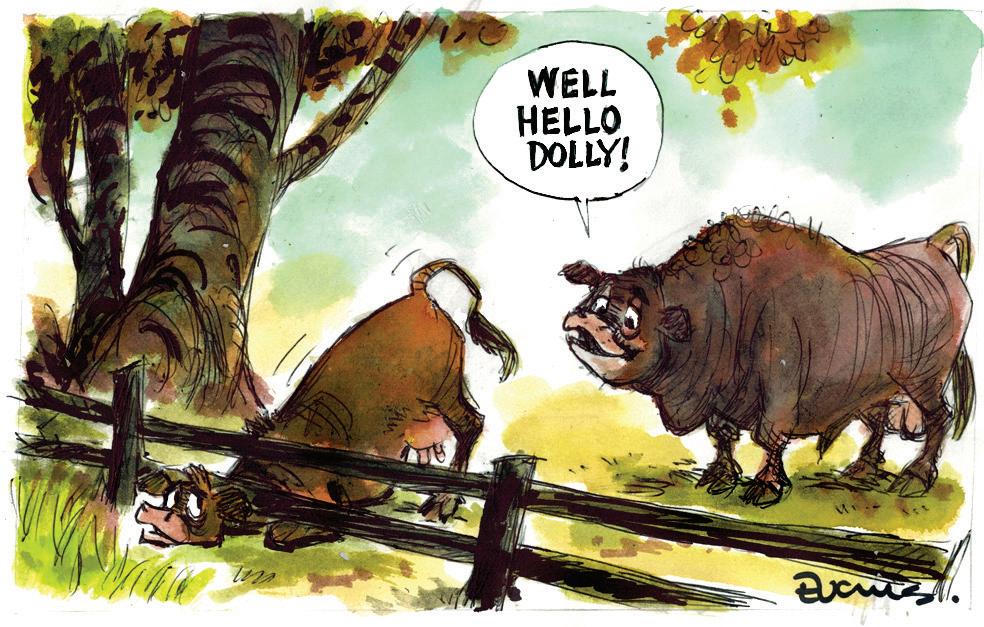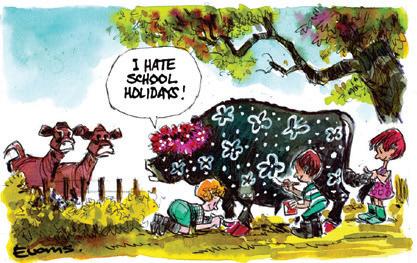M. bovis pops up on a mid-Canterbury farm.


Our range of sort gates means we can work with you to find the solution that matches your farming style and budget.

TRAPPING
Defeating fall armyworm Page 16
Turn to page 1




















































M. bovis pops up on a mid-Canterbury farm.


Our range of sort gates means we can work with you to find the solution that matches your farming style and budget.

TRAPPING
Defeating fall armyworm Page 16
Turn to page 1



















































MINISTRY FOR Primary Industries (MPI) staff have ramped up testing procedures and investigations in an effort to determine how a dairy herd in the Selwyn district of Canterbury contracted Mycoplasma bovis.
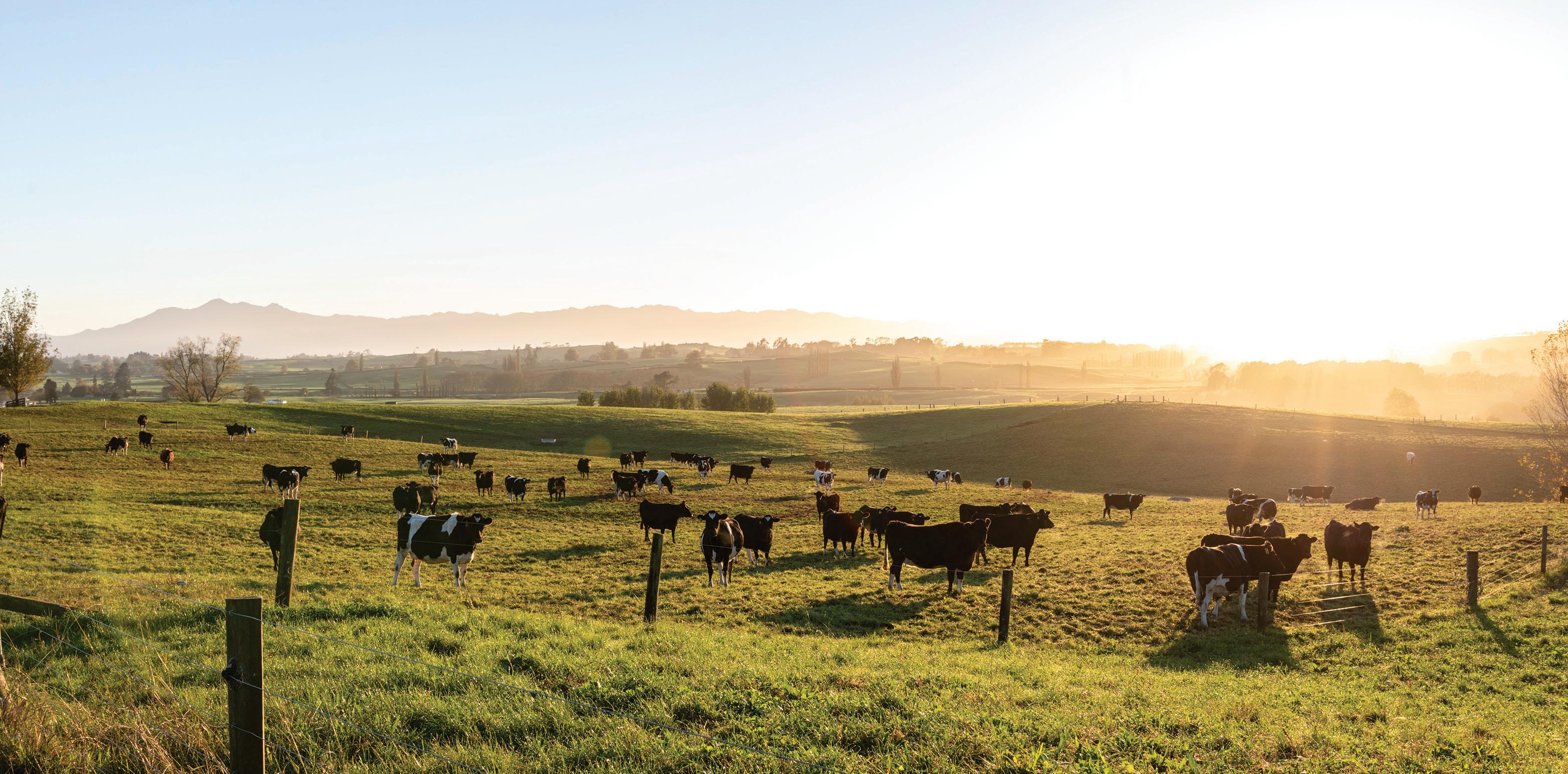
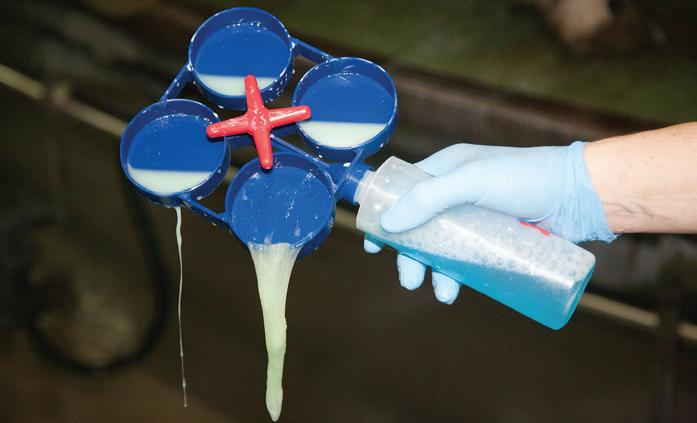
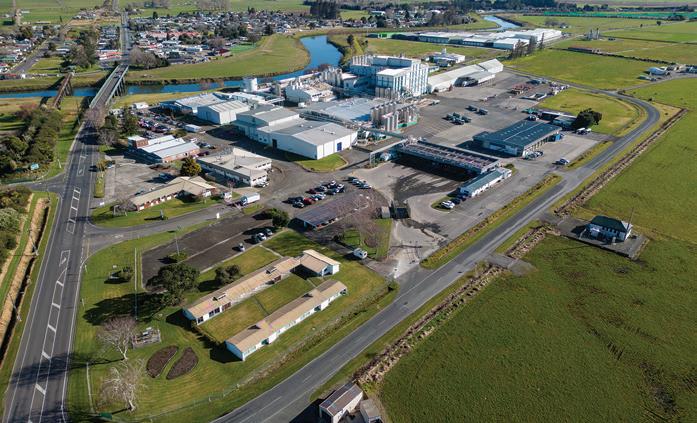
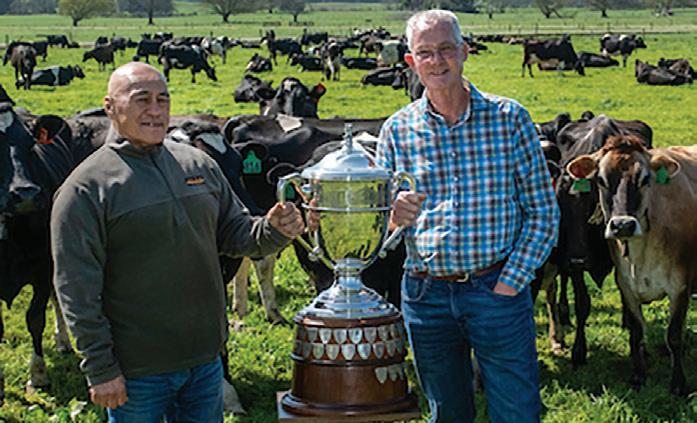
The infection was picked up by routine bulk tank milk screening and now the race is on to find out how the cows were infected.
News of the outbreak comes just over four months after an announcement that there were no more cases of the disease in NZ and that the full eradication programme was working.
But at that time MPI warned that it was possible that other cases of the disease may surface in dairy herds in spring and that’s exactly what’s happened. The director of the Mycoplasma bovis eradication programme, Simon Andrew, says MPI clearly signalled this in April and says they expected to find new cases. He says the testing programme is being carried out nationwide to catch any potential cases of M. bovis.

He says the case was picked up by MPI’s ongoing testing. He says now that a case has been detected, a more rigorous and focused testing and investigation programme is underway to quickly determine if there are any more cases of M. bovis in the vicinity of the infected farm, or on other
farms whose animals have been in contact with stock on the infected farm.
“This might establish a connection to a previously confirmed property and this will become clearer as our investigations continue. We will assess any risk events connected to the infected property and establish whether there are other cases of the infection that need to be investigated,” Andrew told Dairy News.
Andrew says historically M. bovis is a ‘dairy’ issue because there is greater movement of animals on and off farm, and the fact that the disease is passed from animals to animal through some form of contact.
He says as with previous outbreaks it is likely that several other farms will come under movement restrictions as the search goes on for other herds that might be infected.
“Our teams will be in touch with any farms affected… experience tells us that in nearly all these cases the restrictions are lifted quickly,” he says.
Meantime the stock on the infected farm will have to be culled as part of the eradication programme. Andrew says MPI is working with and supporting the farmer concerned. He says such news comes as a shock to people and MPI does everything possible to support the farmer and family through this difficult time.
MPI adds that farmers should maintain good biosecurity practices and keep accurate records of all movements of stock. It says keeping up-todate NAIT records speeds up animal tracing.
M. bovis was discovered in 2017 and at the time Agriculture Minister Damien O’Connor made a call to eradicate the disease. Since then, over 183,000 cattle have been culled from 278 farms. But when in April the news came through that there were no more cases, O’Connor noted that the eradication programme was a ten-year deal and conceded that it would be a few years before elimination could be confirmed. He said it would take five more years to really confirm the absence of M. bovis in our herds,
“We will assess any risk events connected to the infected property and establish whether there are other cases of the infection that need to be investigated.”
SUDESH KISSUN
sudeshk@ruralnews.co.nz
A STRONG Fonterra cooperative is crucial for New Zealand dairy farmers, says Ruawai farmer Greg Gent.
He says a lot of farmers can easily miss this point. Fonterra is a great example of how an agriculture sector co-operative model helps farmers survive.
“If it wasn’t for Fonterra, we would get paid for our milk a little bit above cost of production, no more – just enough to keep us in business,” he told Dairy News
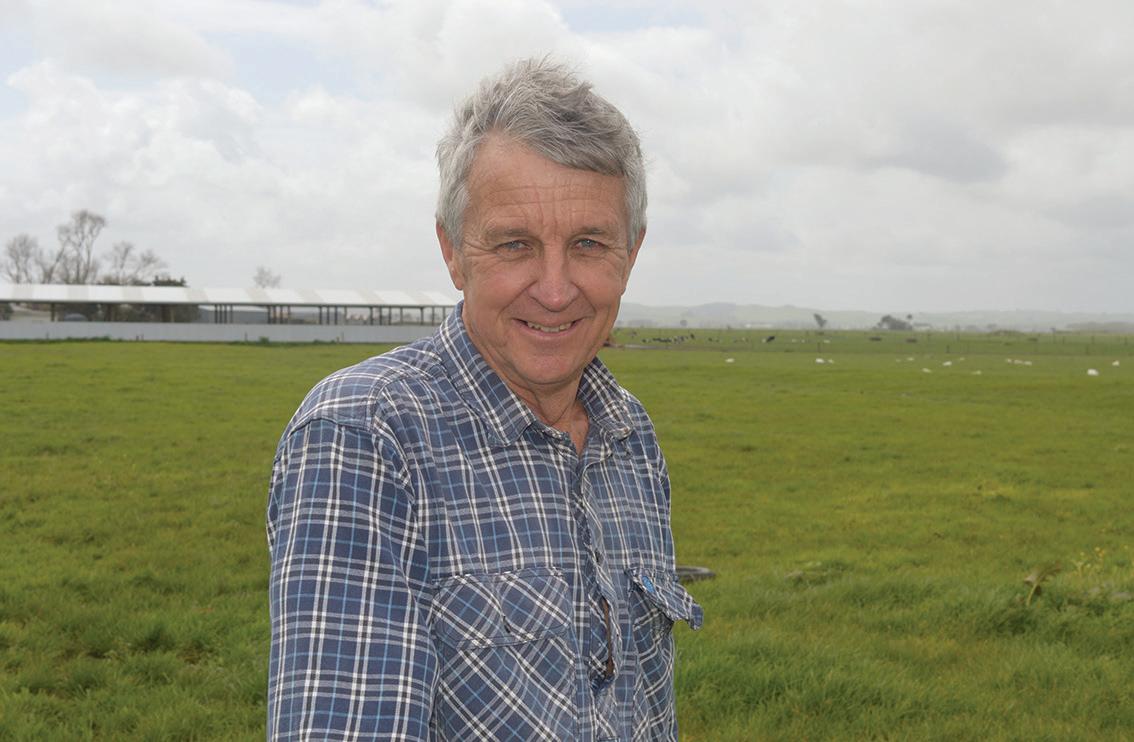
“So that’s the most fundamental reason that Fonterra’s got to exist and be strong.
“What farmers can forget is that when you look at Fonterra, it sets the milk price in NZ, and every competitor benchmarks off that price of Fonterra.
“When Fonterra drops its price, they do, when Fonterra lifts its price, they follow.”
Gent served on the Fonterra board for 10 years and says during those years he saw the situation in reverse.
“We often competed against co-ops in South America, or wherever it was, for milk: if
the co-op was poor performing, we made good money; the co-op doing well, we didn’t because we had to pay that milk price.
“So, a strong co-op for dairy is absolutely crucial.”
Gent became involved with co-operative governance in 1993 when he joined the Northland Dairy Company board. Over the years he has served on Fonterra’s board and chaired insurance mutuals FMG and Southern Cross Healthcare.
He says co-operative is a great model, but needs to be run efficiently like any other business.
Farmer ownership and control are crucial, particularly in a small market like NZ, where you can get price gouging due to lack of scale and lack of good competition. Gent says super-
markets would be a good example of that.
“We are only 5 million people spread a very long way geographically; competition isn’t easy as what it would be in any market because of that.
“Co-operatives should always be acting in the best interests of their members but provide services efficiently and be well governed and managed.”
Gent points out that in the co-operative model, profits remain in the country. He says, in New Zealand, virtually everything we do, we sell when it’s starting to get a bit of scale.
A case in point is a South Island distillery set up in 2015 and regarded as one of the country’s foremost premium spirits producers. Recently a portion was sold to an international liquor chain.
Gent understands the
breakthrough
“I
“why” but the reality is, that’s profits heading offshore in time.
Gent says the good thing about co-ops is that every bit of profit stays in the country.
But sadly, government doesn’t get this, and sub-
“Certainly,
Gent
“But
sequent governments have failed to throw their support behind co-operatives, he says.
“If you are supplying Yili, or whoever it may be, the profits from those businesses leave NZ.”
Gent says NZ is still a primary industry-based economy.
“If primary industry doesn’t perform well, New Zealand doesn’t.

“It goes back to, where is our competitive advantage in the world, and it’s in our primary industries.”
NZ has about 330 co-operatives generating nearly 18% of the
country’s GDP by revenue: about 75% of these businesses are directly involved in the primary sector.
Alongside Fonterra, dairy co-ops include Tatua and the Dairy Goat Co-op. Other primary industry-related co-ops include MG Marketing, Alliance, Silver Fern Farms, Zespri, Marlborough Grapes Co-op, NZ Blackcurrants, Boysenberries NZ, Primary Wool Growers Co-op and NZ Hops.
Co-ops providing the wrap-around support to the ag sector include LIC, Farmlands, RuralCo, Ballance, FMG, Eastpack,
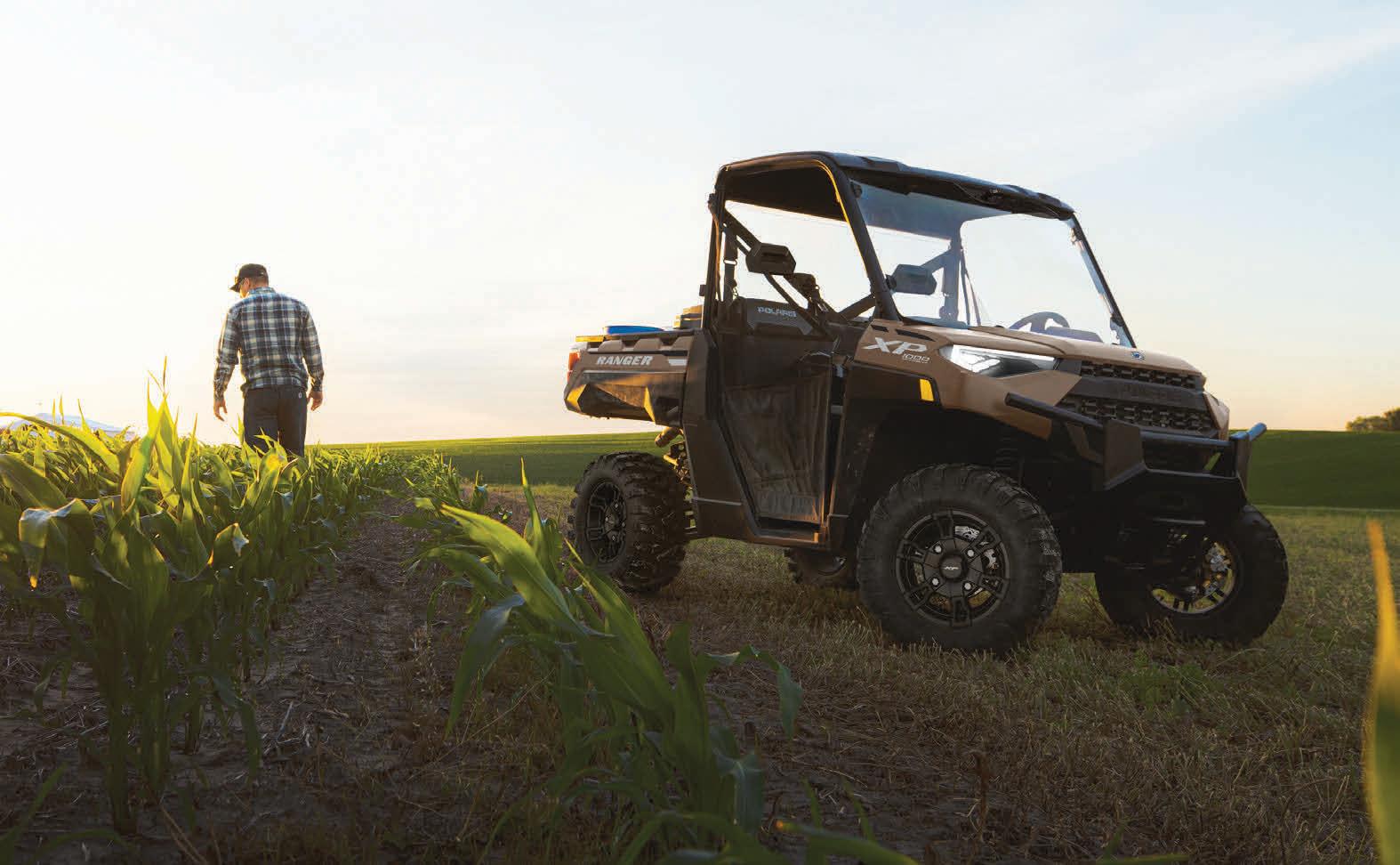
Ravensdown and Rabobank.
“When you compare them to other business structures, they are highly resilient, especially during times of adversity such as Covid and our recent weather events,” Gent says.
“Due to the shareholders having skin in the game, they tend to hunker down and support each other to ride out the tough times. This is because their fundamental values ensure thinking longer term horizons – that is, maximising profits is secondary to prioritising their members’ needs.”
GREG GENT, who has been dairy farming for 40 years, believes the fundamentals of dairying haven’t changed.
the scale has. Technology has been great: herringbone, rotary shed, electric fences have all given us a huge competitive advantage so that we could get scale,” he says.
believes the dairy sector is looking for its next major technological
now. He hopes it comes in the environmental space.
hope some good science will c ome and resolve some of environmental issues, even though we have a very low carbon footprint by international standards.
on the other hand, the world must be fed. There’s no use in being green and starving.”Greg Gent says Fonterra is a great example of how an agriculture sector co-operative model helps farmers survive.
milk processor Synlait isn’t ruling out more painful news for its shareholders this financial year.
In a letter to shareholders following the announcement of its disappointing 2023 annual results, the company has decided not to provide earnings guidance for the current financial year.
Chair Simon Robertson told shareholders that in the 2024 financial year, which ends July 31, 2024, Synlait could still face challenging China market dynamics, softening global conditions more generally, and continued inflationary pressures across its cost base.
These factors could impact future customer demand and the company’s overall profitability, warns Robertson.
Synlait does however expect Advanced Nutrition volumes to continue to grow at the Pokeno site this year and Robertson expects the company’s overall
earnings before interest, taxes, depreciation, and amortization (EBITDA) performance to improve in FY 24, compared to FY 23.
“While Synlait is confident in its strategy to right-size its cost base to current activities and its near-term Advanced Nutrition and Foodservice growth

DESPITE
Chinese market.
Chief executive Grant Watson says its initial focus will be on functional UHT cream sold to B2B customers who use it in finished products for out-of-home consumption at bakeries, cafes, and beverage chains. He says butter and cream cheese are potential long-term opportunities and China’s cream market represents significant potential for Synlait.
“The total cream market exceeded
opportunities, the uncertainty of broader macroeconomic factors means the company will not provide guidance at this time,” says Robertson.
“Synlait is committed to its refreshed strategy to create a more focused company and remains largely on track to meet its five-year (FY28)
250,000 MT in 2022, and New Zealand is the leading country for cream exports, with 58% market share,” he says.
This year Synlait is launching Joyhana
UHT Whipping Cream in China.
“We will keep expanding Joyhana within China, focusing on bakery/pastry and beverage chains, and access selected Southeast Asia markets in the second half of this financial year,” he says. Commercial sales of Joyhana commenced in FY 23, and volumes will continue to ramp into FY 24. Market feedback is positive, Watson says.

strategic ambitions.”
Synlait reported a loss of $4.3m last financial year, 111% down on the previous year. Total group revenue was down 3% to $1.6 billion.
EBITDA was down 31% to $90.7m, operating cashflow down 83% to $39m and net debt rose 21% to $413.5m.
Synlait chief executive Grant Watson noted that it was an extremely challenging year for Synlait.
Watson says various factors contributed to the poor financial performance, including material reductions in customer demand, CO2 shortages, extreme weather events, the Covid-19 pandemic, inflationary impacts on cost base, and costs associated with the launch and stabilisation of its enterprise resource
planning (ERP) system.
“Some factors were outside our control, and others were within our control.”
Watson says the company is focused on getting the basics right, lifting its performance, and returning to profitability.
“We look ahead to a new and exciting era in Synlait,” he says.
Over the next 12 months, Synlait plans to sell its Dairyworks and Temuka cheese assets to reduce debt, right size its cost base to current activities and near-term growth opportunities; deliver and build on our current and prospective Advanced Nutrition and Foodservice customer opportunities and lift operational performance.
A WARNING to dairy farmers: don’t try to buy yourself out of any drought.
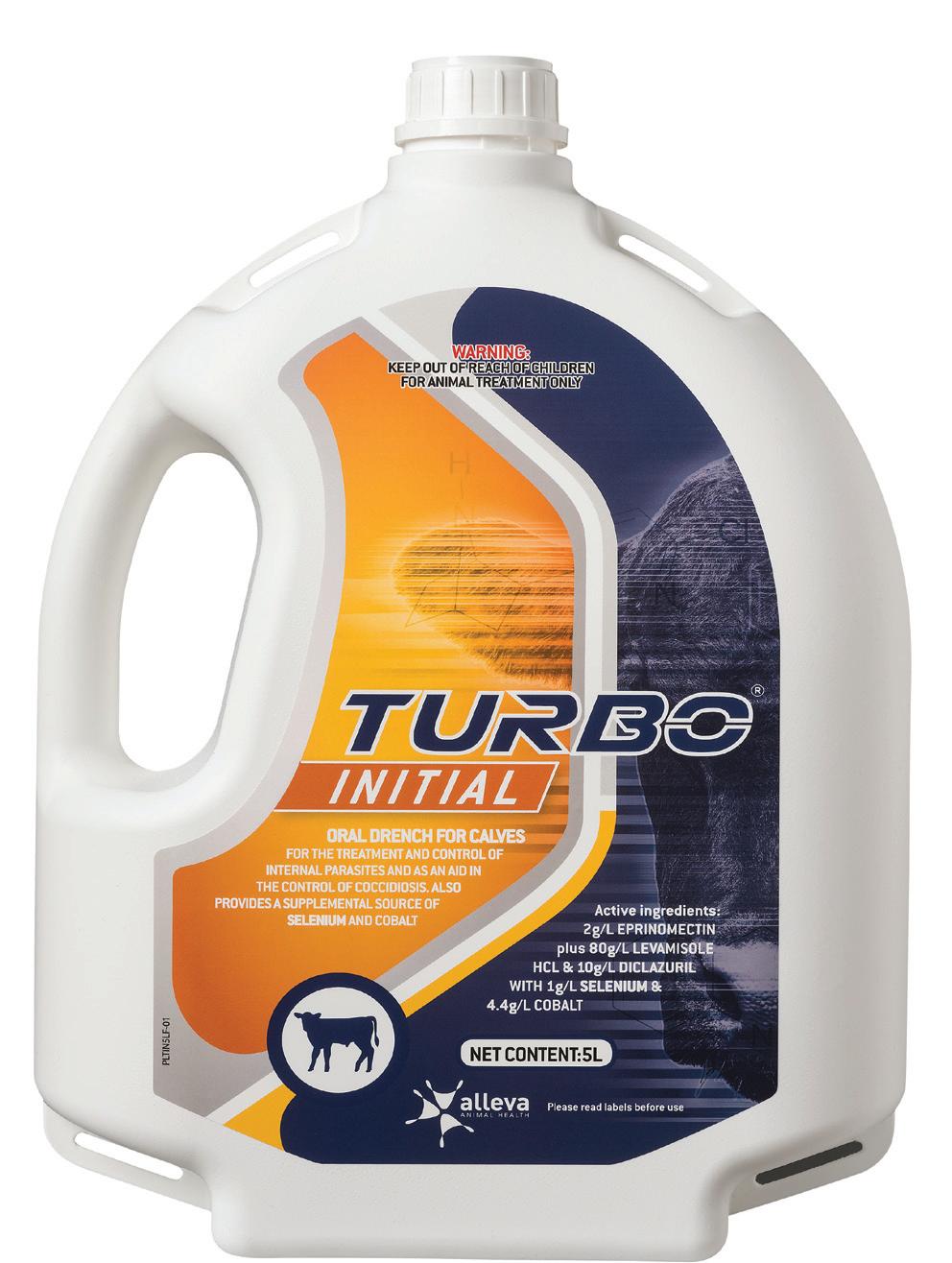
That’s the message from AgFirst chief executive and dairy specialist James Allen in light of warnings from Niwa that El Nino conditions could cause a significant drought in many parts of the country. Already there have been signs of the El Nino conditions hitting Hawke’s Bay and Tairawhiti regions with higher-thanaverage temperatures.
Allen told Dairy News that dairying areas most at risk are Northland, the Waikato – especially northern parts of the region –and possibly Bay of Plenty. He says he’s been told by colleagues further south that Manawatū may also get hit by a drought as they have in the past.
“But certainly, the further north you go, the more I get worried,” he says.
He says many regions went into winter with good levels of supplement and says they were needed. He says now one of the key things farmers need to do is to take stock of what they have got left and start building up reserves again.
Allen says the options will vary from region to region and from farm to farm, with some opting for crops while others will focus on producing as much grass silage as they can for the season ahead.
“But equally it’s important to keep the budget in mind as well, especially given the projected lower payout, and farmers need to be clear on what
action is profitable and what is not. The dynamics are much different to… two or three years ago. In past drought years, farmers have tended to hold on to poor performing animals longer, but this year getting stock off early will take the pressure off the farm,” he says.
Allen says in this regard it’s important that farmers communicate frequently and well with their processors and book stock in early. He says it’s no longer possible to ring up a company one night and expect the animals to be picked up the next day.
“This doesn’t happen anymore,” he says.
Planning is therefore critical and Allen says it’s often better getting the cull cows off early to reduce the amount of feed that might have to bought in. And on this subject, Allen says that if the drought is bad, there may be a shortage of feed nationwide
and it will hard and costly to buy-in feed.
“I certainly wouldn’t be budgeting
DAIRYNZ CHAIR Jim van der Poel says the low forecast farmgate milk price is already putting a lot of pressure on dairy farmers and their cashflows.
He says if the drought is as bad as some people are saying, this will add to that pressure.
Van der Poel says while the potential for a drought is yet another stress, the good news is farmers have plenty of warning and can plan for what might be in store.
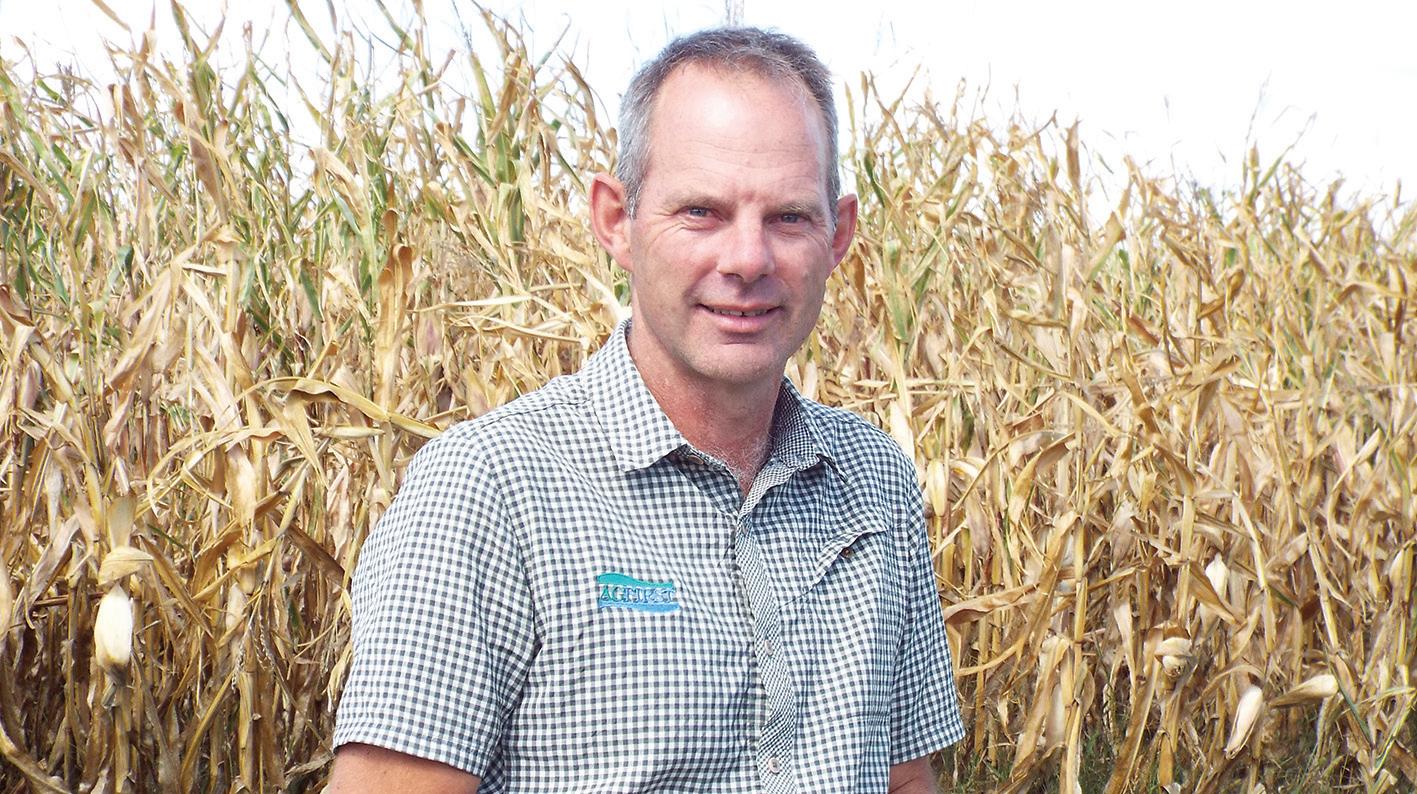
“We at DairyNZ are encouraging farmers to plan. We have a lot of resources, and we are running a lot of events to help farmers prepare for both the low payout and then what their options are to manage their way through a drought, should it turn up,” he told Dairy News.
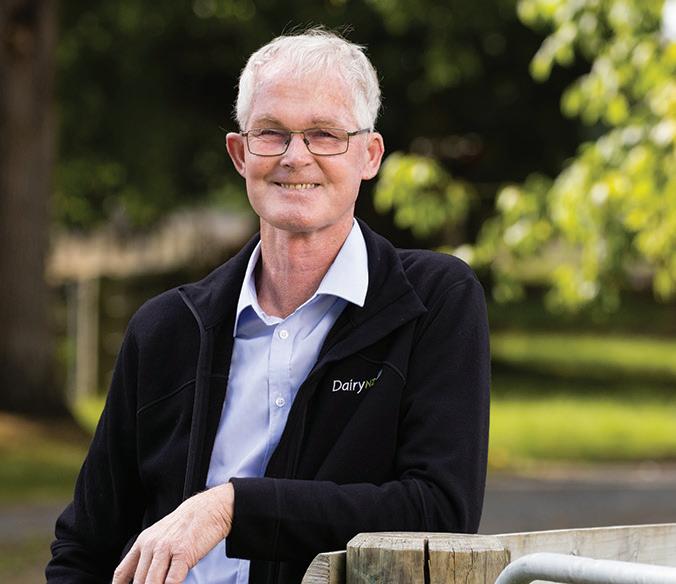
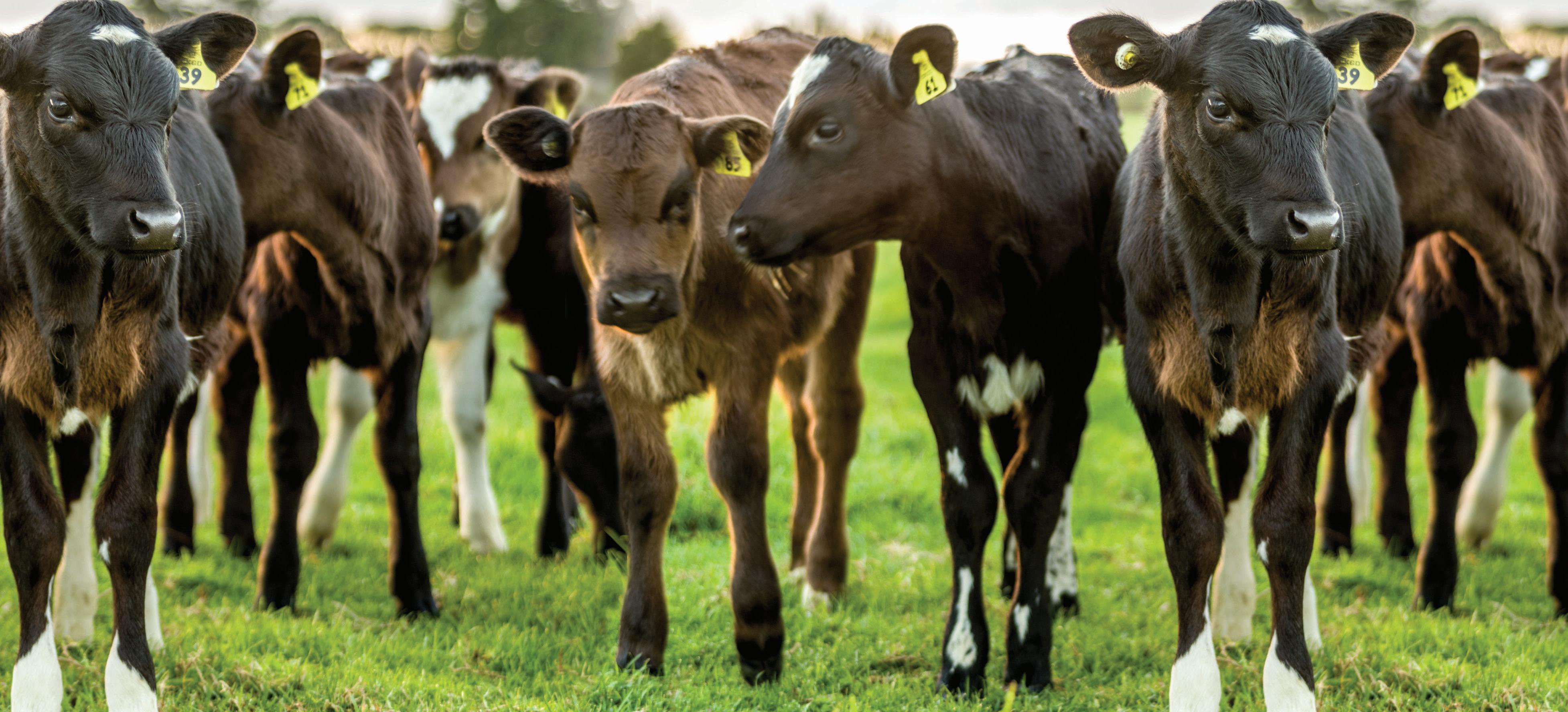
He says many of the regions that could be hit
on sourcing feed from the South Island,” he says.
Allen reiterates that, given the
by the drought have endured huge amounts of rain in the year and the prospect of facing a drought is tough on people.
He says the industry is hopeful the banks will help farmers through the impending tough times. He says the banks recognise that farmers have been very responsible in good seasons and paid down debt, so some are in a strong position.
“The banks have indicated that they will be sympathetic to farmers, and he hope this happens,” he says.
Van der Poel says if farmers need any help, all they need to do is call the DairyNZ 0800 number and they will be put them in touch with someone who can give them assistance.
low commodity prices, the prospect of buying oneself out of the drought is fraught.
SUDESH
KISSUN sudeshk@ruralnews.co.nzFONTERRA FARMERS have given the co-operative a thumbs up following an impressive full-year result.
Strong earnings, a full-year dividend of 50c/share, and further strengthening of Fonterra’s balance sheet have pleased farmer shareholders.
Fonterra Co-operative Council chair John Stevenson says an overall dividend of 50c/ share is good news for shareholders at a time when the financial situation of many on farm is grim.
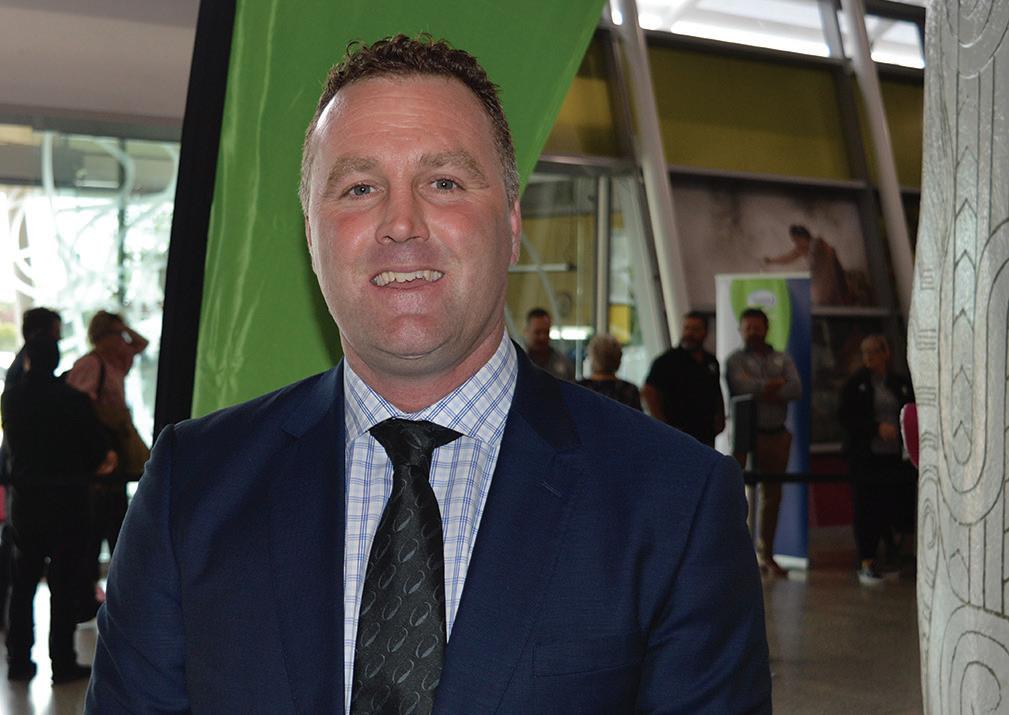
This dividend, on top of the 50c/share capital return paid in August from the divestment of the co-op’s Chilean business, will be a welcome addition to farmer cashflows, under pressure from a reduced forecast milk price and higher input costs.
Stevenson says the council found it pleasing to see, noting that the gearing ratio of 28.8% and debt-to-EBITDA of 1.3x are both well within Fonterra’s long term target ranges.
Fonterra’s net debt decreased by $2.1 billion reflecting higher earnings, a reduction in
working capital and the divestment of Soprole, its Chilean consumer business.
The co-op says this enabled an increase in cash dividends paid during the year and the capital return paid in August 2023.
It says the improvement in the gearing ratio from 42.4% to 28.8% reflects the lower level of debt coupled with the higher equity from its increased earnings.
However, there were a few spots of bad news for farmers in the annual results.
The final 2022/23 milk price of $8.22/kgMS is below the $9 midpoint of the opening forecast farmgate milk price range last season, representing declining market conditions and contributing to the cashflow pressure farmers are facing.
The council says it was disappointing to see further impairments to their co-op’s assets.
Full year impairments of $252 million include $101 million for the co-op’s Asia Brands and $121 million for the Fonterra Brands New Zealand business.
Fonterra says its New Zealand Consumer business experienced challenging market
conditions, including higher input costs and inflationary pressures.
“The New Zealand domestic dairy market is highly competitive, and this has impacted the sales team’s ability to fully recover the higher input costs through product price increases.
“Additionally, rising
interest rates have also put pressure on our New Zealand Consumer business. This has resulted in a $121 million goodwill impairment.”
The co-op also took a $101m hit on its Asia brands – Anmum ($51 million), Anlene ($45 million) and Chesdale ($5 million), due to a
reduction in forecast sales growth and changes in discount rates and foreign exchange rates to all three brands.
It says the impairments were recognised as operating expenses in both Global Markets ($55 million) and Greater China ($46 million).
John StevensonFONTERRA FARMERS acknowledge that the forecast 2023-24 farmgate milk price range of $6 - $7.50/kgMS is well below break-even point for many of them.
Fonterra Co-operative Council chair John Stevenson says of key interest to the council and to Fonterra farmers is to what extent the strong earnings and return on capital for FY23 can be sustained in FY24 and beyond.
The council notes that the top end of the FY24 forecast earnings range of 45-60 cents per share is above the FY24 target of 45-55 cents per share announced in September 2021, but well below FY23’s normalised 80 cents per share.
“Management has reported that the favourable price relativities we’ve experienced across FY23 have reduced from their peaks,” says Stevenson.
He says farmers have reported to them that they are encouraged to see that the business is trying to improve underlying performance outside of stream returns through its focus on reducing costs across the co-op and the two new efficiency metrics that have been announced.
Council will take a keen interest in monitoring progress against these metrics when the FY24 interim results are announced, noting the FY23 figures of $1.39 cash operating expenses per kgMS and $9.21 gross profit from core operations per kgMS that were reported.
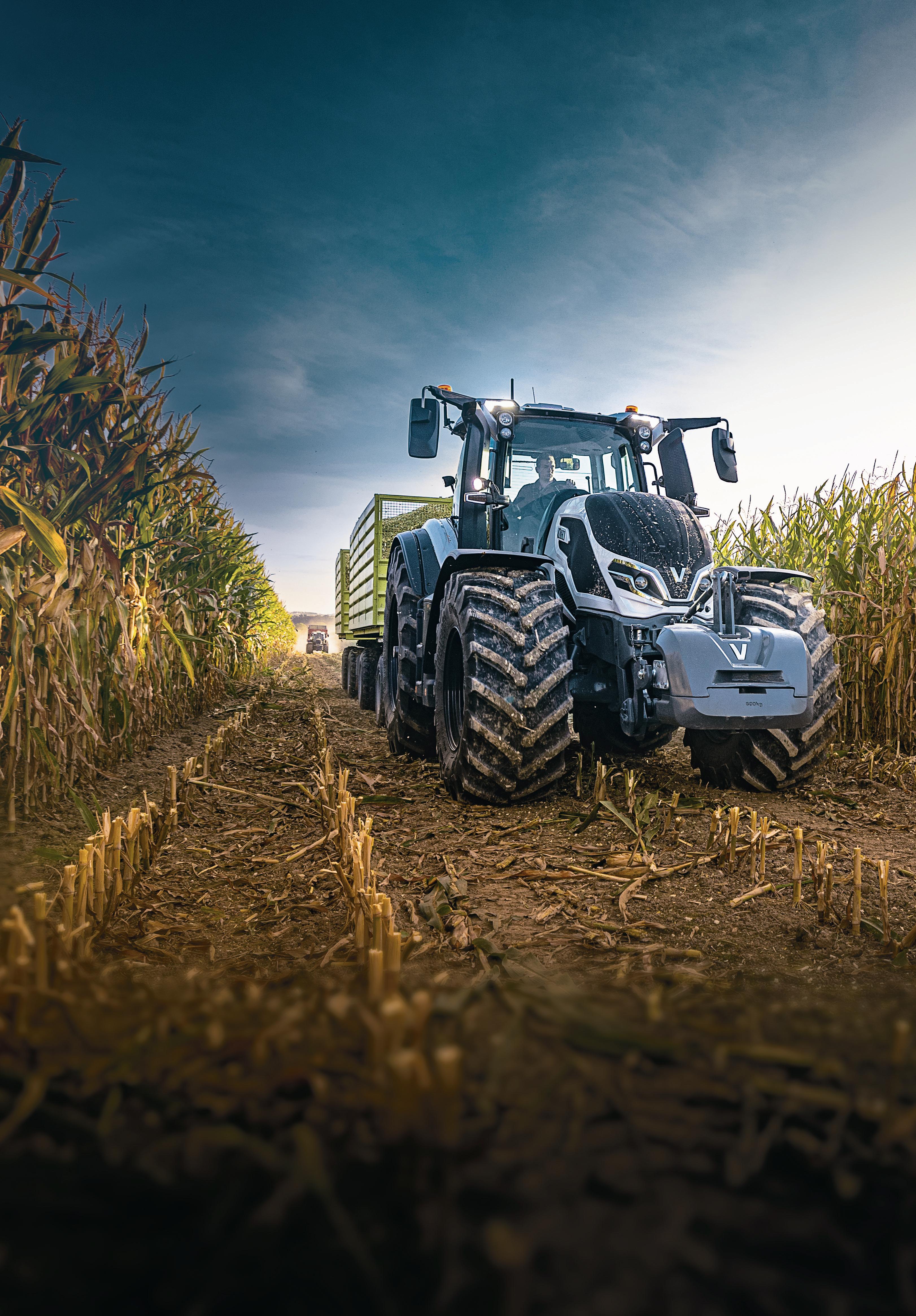
spokesman Mark Cameron claims that current Agriculture Minister, Damien O’Connor doesn’t understand farmers.
In a recent interview with Country TV, Cameron, a Ruawai dairy farmer, said that while O’Connor has done well for the country in his Trade Minister role, the same could not be said for his role as Agriculture Minister.
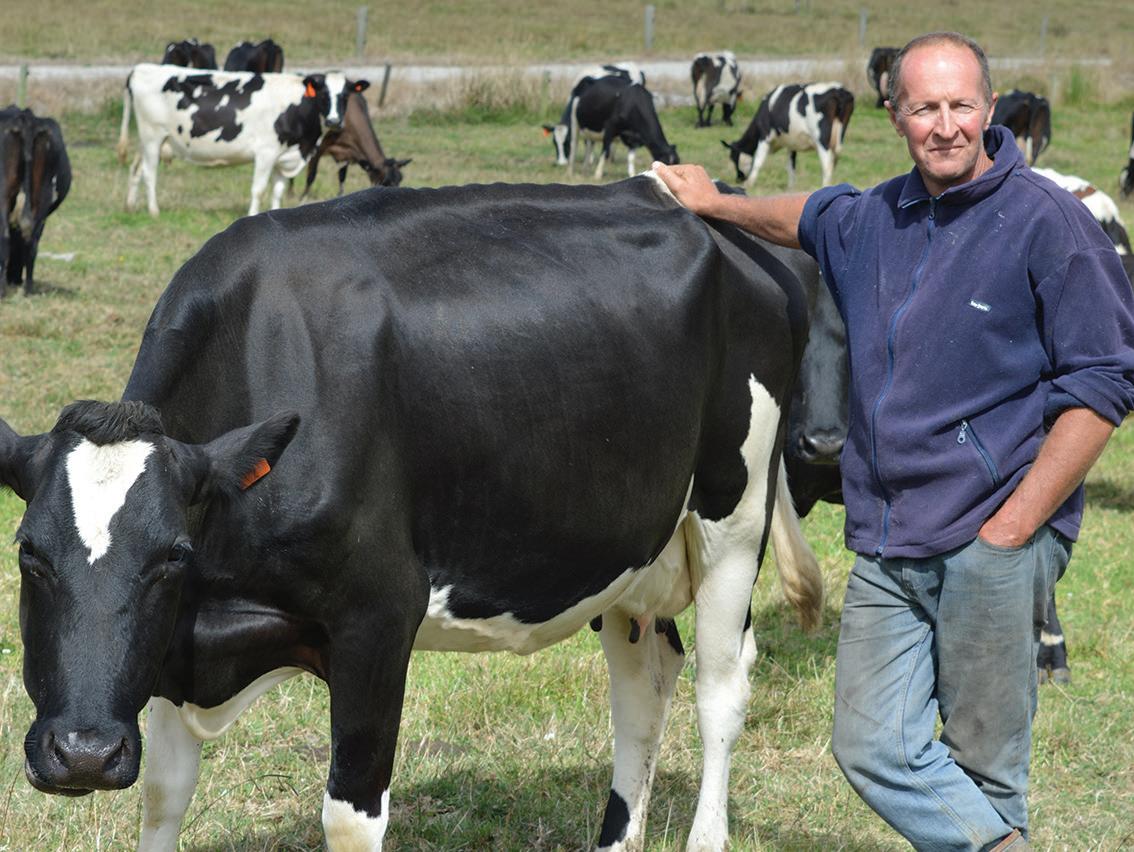
“Damien’s done a pretty good job with trade… arguably, he could have done better for the protein side of the sectors, that is the red meat sector and the dairy,
with some of the FTAs [Free Trade Agreements] he’s sort of got in the pipeline and worked towards,” Cameron says.
However, Cameron is quick to note that the speed and rate of regulatory change on farm is something O’Connor and the political left wing have “got wrong”.
“When it comes to domestic regulatory settings, he [O’Connor] doesn’t understand us. He really doesn’t.”
Cameron claims that despite O’Connor’s background in farming it was clear that he was “at the behest of [Environment Minister] David Parker” on certain environmental issues including winter grazing.
In his interview with Country TV last month, O’Connor claimed that much of the rhetoric surrounding the practice of Intensive Winter Grazing (IWG) was inaccurate and inaccurate commentary, which he claimed came from former Federated Farmers president turned ACT Party candidate Andrew Hoggard.
“It’s a lot of rhetoric and it’s been run up by organisations like Fed Farmers under Andrew Hoggard; now Andrew’s stepped up and he’s going to stand for ACT which is fine, but some of the messages that they were sending to farmers were quite inaccurate,” O’Connor claims.
However, Cameron
complains that the conversation around IWG “wasn’t nuanced enough”.
“People weren’t being consulted on causality, cause and effect,” he says. “If it’s not implementable on farm, the fact that those on the left, our mates in Labour, were talking about prosecuting farmers for pugging depths of animals… it was never going to work.”
Cameron claims that what he calls the more practical language coming from the political right shows a disconnect between O’Connor and Parker and what farmers could achieve.
He says that he has spent much of the past three years he’s been in Parliament explaining the
impact of certain policies on farmers.
“But when you’re explaining it, you’re not debating the issues,” he says.

Cameron says that, with the upcoming election, there will be more farmers around Parliament to debate the issues.
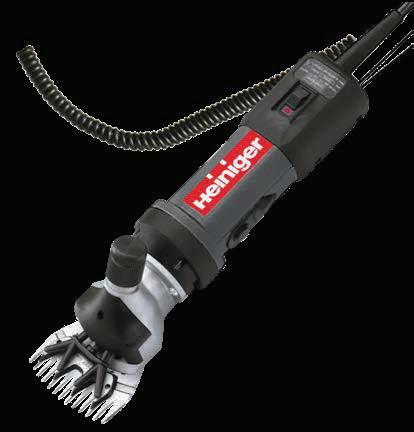

WORKSAFE NEW Zealand is reviewing operations, looking for savings.
As part of this process, WorkSafe says it is consulting with staff on a change proposal.
“This proposal prioritises our front line and core roles and focuses non-personnel savings over role
reductions,” it says.
“When the organisational change has been completed and the recommendations of the review implemented, WorkSafe will be in a better position to build our investment case for sustainable funding.”
WorkSafe board chair Jennifer Kerr
also announced that chief executive Phil Parkes will leave his role at the end of this year.
“Phil has been a strong voice for the need to collectively prioritise health and safety,” says Kerr. “It has been clear to me in interactions I have had, particularly with system
partners, that Phil’s commitment and passionate and articulate advocacy for health and safety is highly respected.”
Parkes will continue as chief executive while the organisation works through the change process and plans to finish up with WorkSafe by the end of 2023.
NOMINATIONS FOR upcoming Ruralco board of directors election close next week.
Ruralco chair Sir David Carter is encouraging shareholders to consider standing or nominating worthy candidates.
“As a co-operative, our shareholders own the
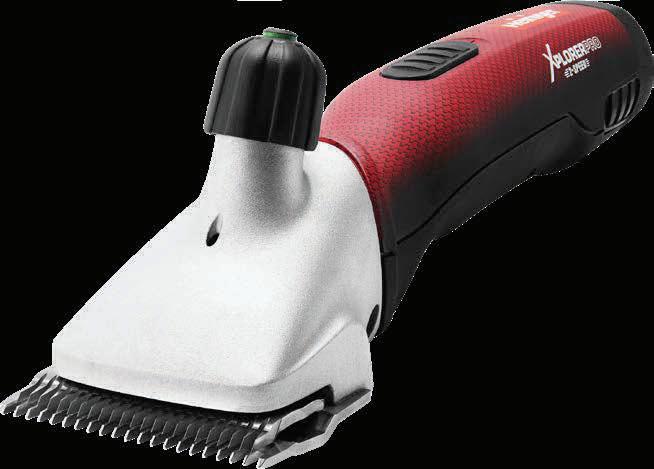




business, which means it is their business and they need to have a say,” says Carter.
“It is important that people engage in the process, both through nominations for directors and through the voting process. We need as many shareholders as possible
to vote and exercise their right to have their say,” he says.
Currently the board is made up of four farmerelected directors (Kate Acland, Rhea Booker, Sir David Carter, and Tony Coltman), and an independent director (Sue Lindsay) who is

appointed by the board. As per the co-operative rules, all elected directors are on a three-year rotation.
The rural trader says that while there are no specific skills mandated for prospective directors, it is highly recommended they have a background in
governance and business, they are critical thinkers, team players, and have a real passion for the Ruralco co-operative and a desire to continue driving it forward.
Carter believes there are many talented people within the Ruralco co-operative.
“I think the fact that going forward the language on the right is really going to get into the weeds of what causality looks like.”
“It’s been a privilege to have worked with such a dedicated team who are committed to reduce workrelated harm across Aotearoa,” Parkes says. He says work related fatalities have fallen since 2013, but that there is “more to do”.
“We have plenty of people who have good governance and business experience, and I am confident we have the talent out there.”
This year Carter retires by rotation and is available for re-election; and the recent resignation of farmer-elected director,
Andrew Barlass has created a further vacancy. Nominations close at 5.30pm Wednesday 11 October 2023. The election will take place at this year’s 60th annual general meeting which will be held on Wednesday 22 November 2023 in Ashburton.
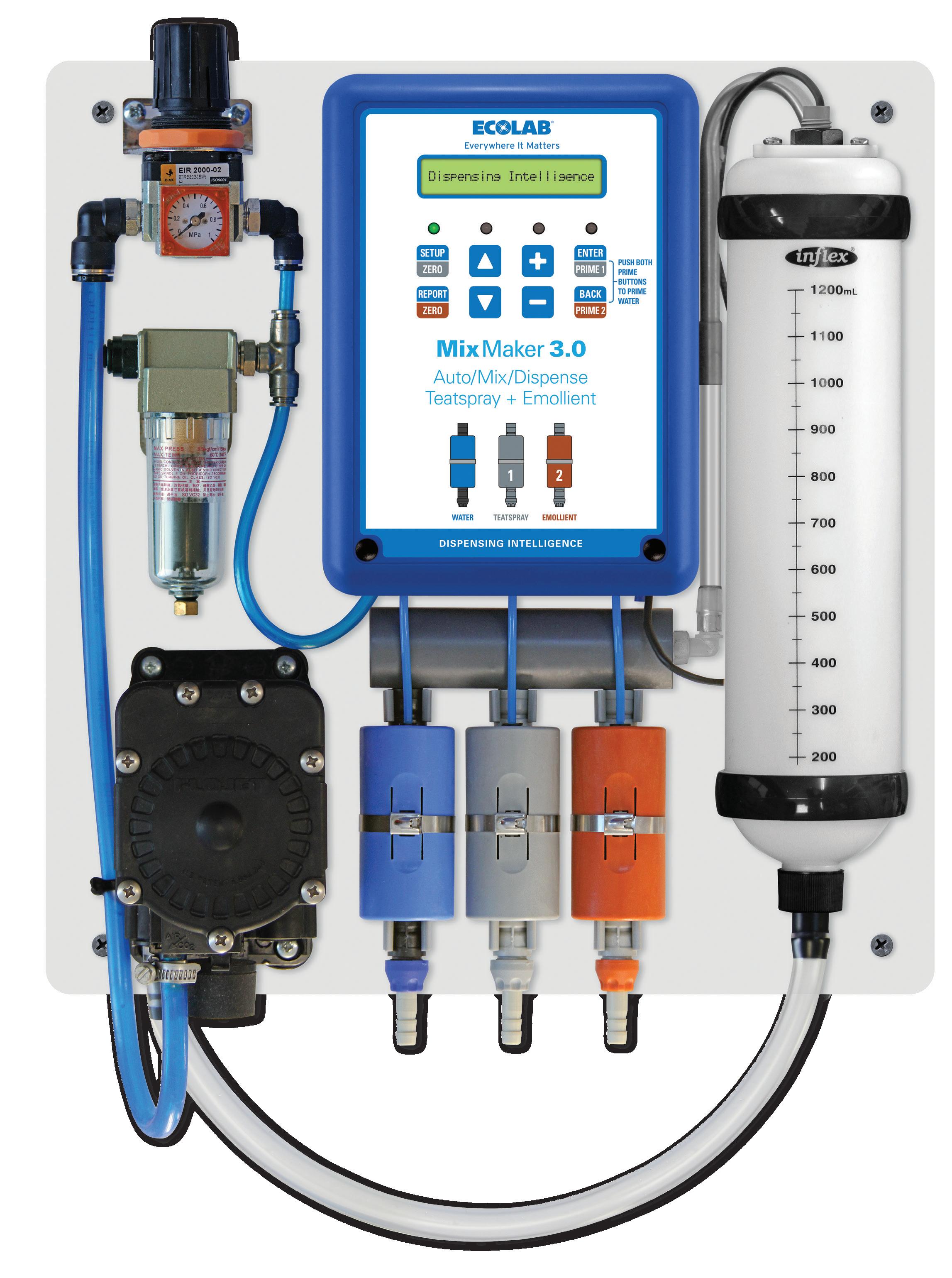
N orthland : Matt Bradley 021 972 138
South Auckland/Taupiri/Hamilton: Marty Bell 021 536 542
Matamata/Te Aroha: Nick White 021 986 439
Hauraki/Coromandel: Paul Kung 021 986 439
Te Awamutu: Chris Miles 021 791 549
King Country: Mike Naylor 021 835 273
Bay of Plenty: Steve Cheer 021 381 315
Cambridge/Rotorua/Reparoa/Taupo: Jacques Pienaar 021 782 793
Central Plateau/Tokoroa: Robbie Kirk 021 679 549
North Taranaki: Jeremy Bason 021 454 935
Coast/South Taranaki: Chris Standing 021 791246
Central Taranaki/Whanganui: Murray Hart 021 929 545
Manawatu/Horowhenua: Dan Darke 021 716 479
Wairarapa: David Blayney 021 462 649
Nelson/Marlborough:
Carla Suisted 021 961 250
North Canterbury: Leam Anderson 021 945 873
Rakaia/Canterbury: Brent Fisher 021 904 725
Ashburton: Alan Taylor 021 536 563
Timaru/Waimate: Amber Young 021 315 889
Oamaru: Ian Judd 021 314 701
Central West Southland: Jeremy Raines 021536504
Northern Southland: Andrew Todd 021353 254
South Otago Eastern Southland: Tom Hazlett 021 796 998
ENTRIES TO select the top Māori dairy farm for the prestigious Ahuwhenua Trophy competition are being invited from all Māori dairy farmers, trusts and other entities around the country.
The competition is held annually and rotates between dairy, sheep and beef and horticulture. In 2024, the competition is for dairy.
The competition was inaugurated in 1933 by the then Governor-General Lord Bledisloe and one of Māori’s greatest leaders, Sir Apirana Ngata. The objective then was, and still is, to foster the growth and development of Māori in livestock farming and horticulture.
The initial judging of entrants takes place early in the new year with the finalists announced at Parliament in late February. The finalists then stage field days during late March and early April. The winner of the competition will be announced at the awards dinner on Friday May 17 in Hamilton.
Ahuwhenua Trophy chair Nukuhia Hadfield says the competition is an excellent opportunity for Māori
to showcase their dairy farming operations. She says not enough people in Aotearoa know about or understand the contribution that Māori make to the economy. She notes it’s said that Māori contribute more than 10% of the total earnings of the dairy industry.
experienced team of rural professionals and as part of the process they offer insightful comments that will benefit the owners. We certainly found this to be the case and others who have entered have said the same thing,” she says.
Hadfield says the organisers hope to see a significant number of entrants for the 2024 competition and she urges industry groups and rural professionals to encourage Māori farmers, trusts and incorporations to enter.
Jim van der Poel, DairyNZ chair, is keen to see what comes out of the 2024 competition. He says it’s an extremely important event on the agricultural calendar and that’s why DairyNZ supports and sponsors it. He says the Ahuwhenua Trophy competition recognises Māori agribusinesses who are doing some great things.

Hadfield and her husband Bart are previous winners of the Ahuwhenua Trophy for sheep and beef. She says as farmers, being just entrants, let alone winners, was hugely beneficial to them.
“As part of the judging process, each farm is carefully evaluated by an
“If you think about some of the winners over the past few years and what they have done and are doing, and how proud they are of their achievements, it is positive. Every year more amazing stories emerge from the entrants in this competition,” he says.
Details on how to enter the competition, including judging criteria are on the Ahuwhenua Trophy website.
This report looks at the many factors that are drawing farmers to new Farm Technology, from labour shortages to a drive for more profit. The list of tech solutions is huge: Satellite and GPS technology, sensors, smart irrigation, drones and automation, mobile apps, farm management software are just a few areas where tech is helping farmers improve their productivity.
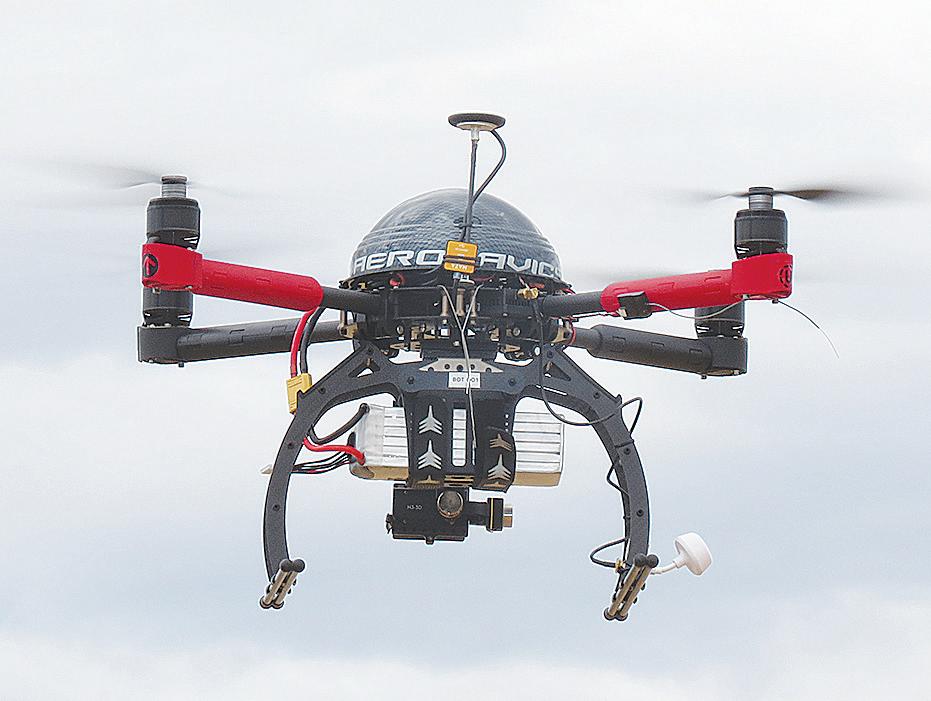
“As part of the judging process, each farm is carefully evaluated by an experienced team of rural professionals and as part of the process they offer insightful comments that will benefit the owners.”
I BELIEVE Fonterra’s governance and representation as well as capital structure are interconnected, and both are important to the survival of the co-op.
Apathy is one of the biggest killers of any organisation and a threat to Fonterra. In fact, it is also probably one of the reasons our councils (local government) perform so badly, but that’s another story.
Fonterra is never going to be able to buy loyalty just by discounting its share price. Loyalty and respect are earned.
If we go back first for a bit of history: it was common to have a dairy co-op in almost every small rural centre. When that was the case, the farmers all knew the board members personally. They saw them at the footy club, church, school or wherever. They all had active discussions and farmers felt involved and connected. As the mergers took place, this was held together by better transport to larger centres and more regional co-ops with ward directors, so someone with a close connection to your region.
Fonterra now has no wards, and 4 of the 11 directors are not even farmers (appointed by the board) and Fonterra want to reduce the size of its board. To make it worse, from a farmer representation point of view, only the definition of ‘farmer director’ is very loose, and if you are a trustee of a farming company you qualify as a farmer director. This can make that director no different from an appointed director. You may never have seen the back end of a cow in your life or have a good connection to the land.
The farmers are feeling more removed all the time. Fonterra has a Co-operative Council which is supposed to bring the representation role back to the land and connect on farm. This, in my opinion, is not working that well and many farmers question the value of the council
4. It would invigorate the engagement between farmers and Fonterra itself because a lot of farmers would not want to forfeit their vote, so will make sure they are abreast of matters concerning the business.
5. It should help Fonterra be more agile in its decision
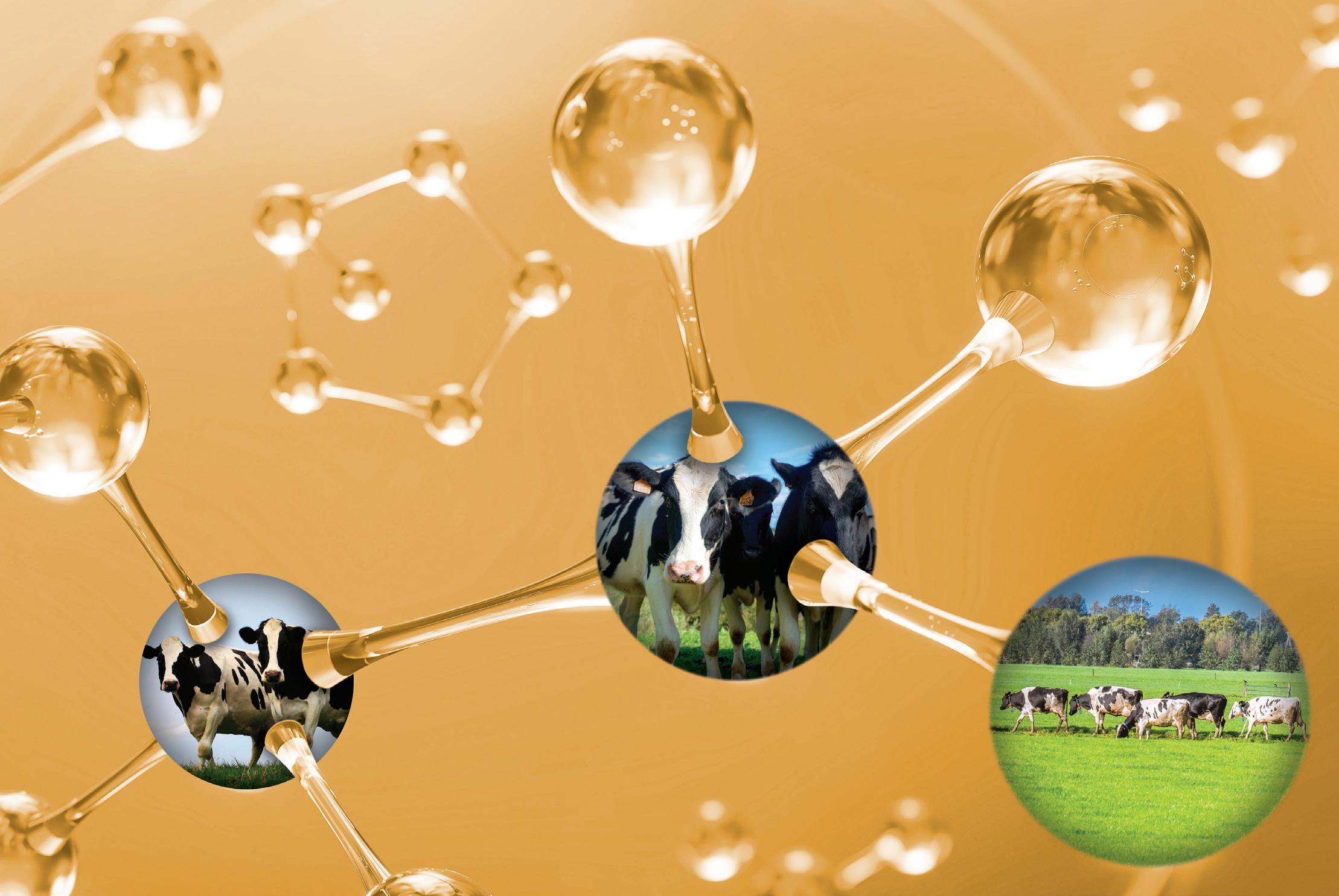
making. Having a powerful cornerstone shareholder that it knows would have the farmers’ back and best interest at heart.
6. It should deliver better governance by allowing for a smaller board first but also director candidates would need to get the vote of the council to
have any real chance of getting elected. The council should be better placed to access and candidate than individual farmers. If Fonterra went down this road it could also de-list and once again be a pure co-op with a nominal share price. This is not a guarantee that Fonterra would be
protected from a hostile takeover, but it would address the constant chatter about entry, exit strategies and what is fair value. All of which help divide opinion and the co-op.
Depending on how Fonterra used the new DIRA legislation, the share price value would transfer to the Fonterra
supply number. The board needs to come out and tell farmers what a strong co-op is. Now their best answer is “large with the majority of NZ milk”. I would argue it is a loyal engaged shareholder base who have pride in their company.
Garry Reymer is a Fonterra shareholder and Federated Farmers Waikato executive.
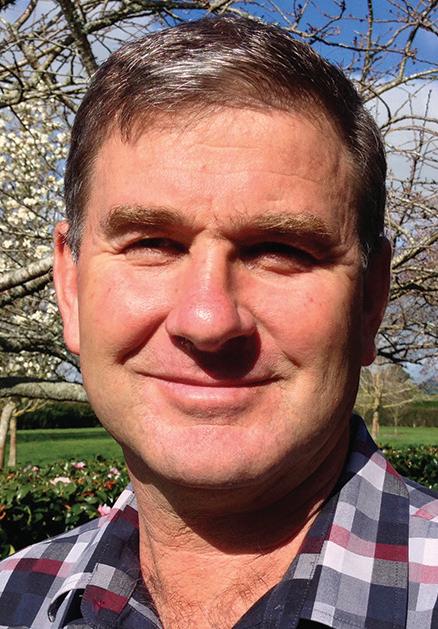
and call it more of a lapdog than watchdog. I feel now it is just an old dog past its working life.
If we are serious about protecting Fonterra and serious about delivering best-practice governance and serious about farmer representation and engagement, I feel we need to rethink all aspects of our governance representation and capital structure. Rather than look at these things individually as we have been.
A key part of this is the reinvigorate the council. The Co-operative Council needs to be more like the shareholders association or a cornerstone investor. If we can achieve that it should drive farmer engagement.
Here’s how it would work: Many years ago, George Moss came up with a plan to utilise every vote in Fonterra, without taking away any shareholder rights.
Any vote not taken by the farmer shareholder themselves would default to the Co-operative Council.
The council would get this vote for any matter that shareholders get to vote on including the director election.
This would give the council some real power. The results would be many fold:
1. It would empower the council.
2. It would make farmers sit up and take notice of what the council was doing and saying.
3. It would ensure a better quality of person on the council table. This would happen because of the engagement between farmer and council, and farmers would want to be sure that someone with these newfound powers would have the skills to use it wisely.
SURVIVING AN earthquake and two major floods have made hitting the 100-year milestone that much sweeter for Fonterra’s Edgecumbe site.
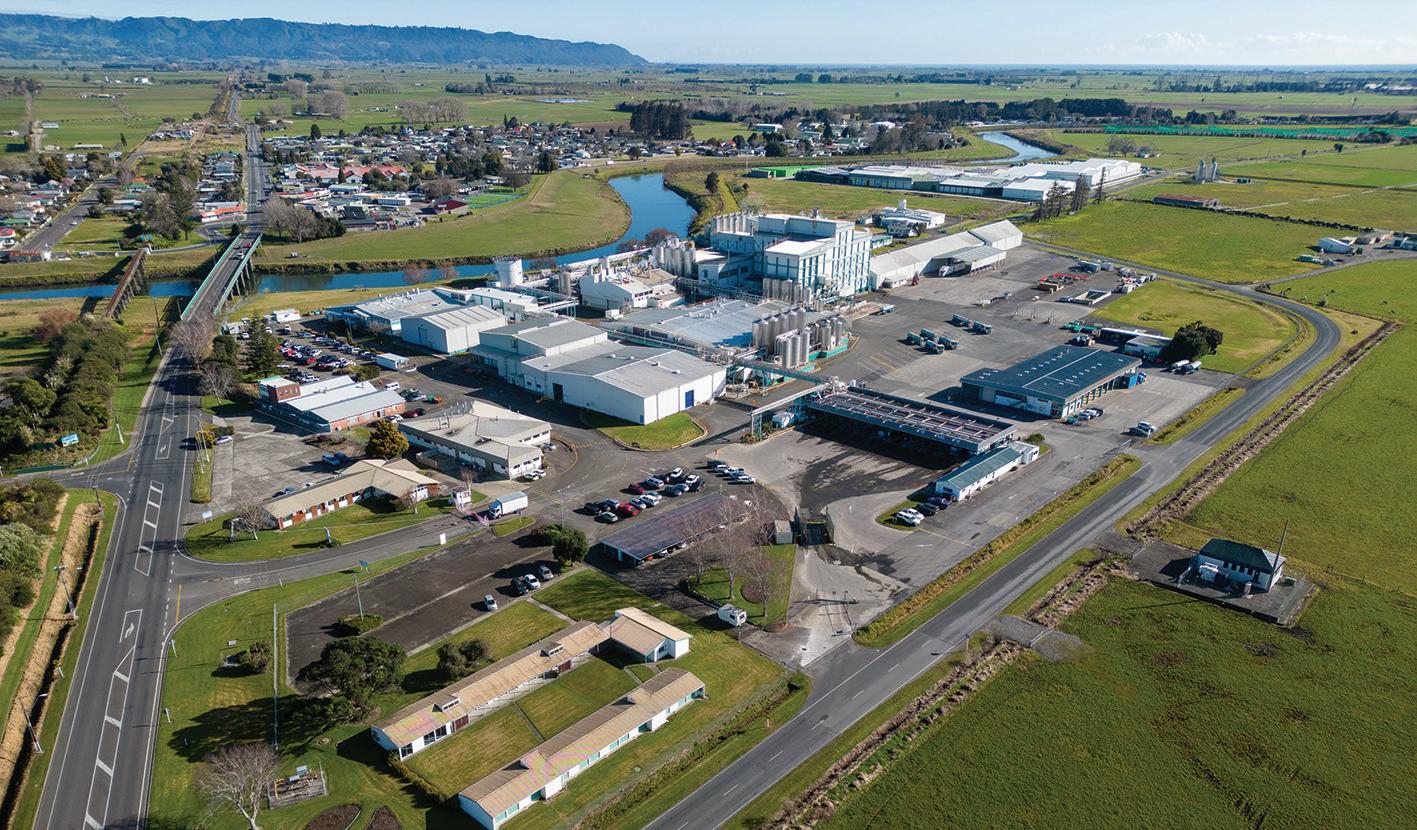
The Bay of Plenty site first opened its doors in 1923 and has been at the heart of the community ever since.
The site lies right in the centre of the Rangitāiki Plains, which covers an area between Matata and Whakatane, extending from the coast to Kawerau.
It specialises in producing highvalue products – anhydrous milk fat, casein and caseinates, whey protein concentrate, milk minerals and lipids. It’s one of only two sites in Aotearoa New Zealand that manufactures sodium caseinate for Fonterra’s customers to use in a variety of nutritional products.
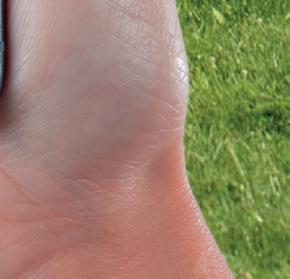

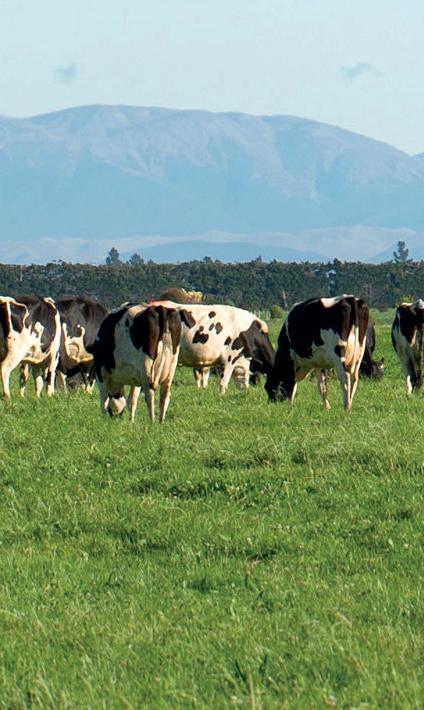

Products from Edgecumbe are distributed to more than 53 markets globally and contribute significantly to Fonterra’s overall earnings. During peak milk season, Edgecumbe processes up to 3.7 million litres of milk every day.
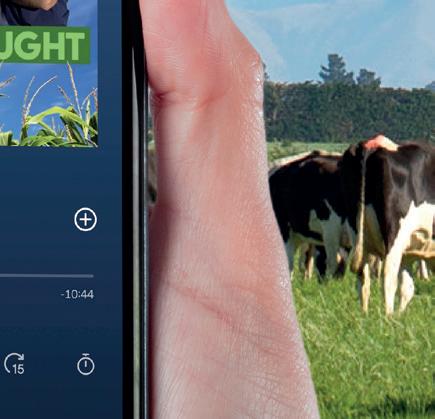
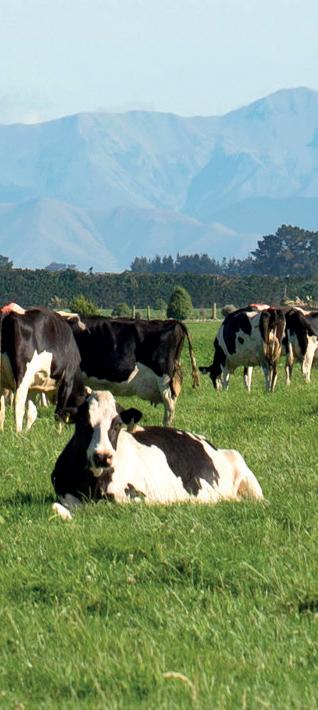
Fonterra’s Edgecumbe operations manager, Allan Muggeridge, is proud of what the team, including many long serving and third generation employees, has achieved.

“Having the Edgecumbe site reach
100 years of operation is a remarkable achievement. Especially when we consider the obstacles that were overcome to reach this point.”
“We have seen more than our fair share of challenges over the years, including a couple of floods and a major earthquake. The continued operation of the site, even through
those more difficult times, is a real testament to the resilience and strong character of the people who have kept it going over all these years.
“We are all extremely grateful for the hard work and clever foresight of the people that came before us, who shaped the site’s destiny into what it is today.

“Beyond just the people who have worked here, Edgecumbe site owes much of its success to the ongoing backing of the Edgecumbe community and in particular the local farmers. Without their support the site simply could not continue to operate.”
Alan Van Der Nagel, director New Zealand Manufacturing at Fonterra,
says he’s proud of the hard work being done at the site and in the region.
“This milestone marks a significant achievement for the region. It is a testament to the hard work happening at Edgecumbe. The Edgecumbe team should be proud to be producing top-quality products that are sought after by customers around the world. I look forward to seeing what our people, farmers and the community will achieve together in the years ahead.”
The relationship the site has with the community helps make the site what it is, according to Tony Maclean, general manager Central North Island.

“The relationship with the local and surrounding communities is very important. A business cannot survive for such a long period without being a good social partner and the site has a strong history of working together with the community, particularly in times of adversity.”
The Edgecumbe site celebrated with a public open day on the 16th of September, where farmers, business owners and the community visited the site to learn about what is produced there.
RURAL SUPPORT Trust (RST) and New Zealand Young Farmers (NZYF) have agreed to work together in supporting rural communities.
A memorandum of understanding (MOU) signed recently commits both organisations to work together to leverage their respective strengths and expertise.
In a statement, the organisations said the partnership has several objectives:
■ Increased awareness: The partnership aims to raise awareness of the existence and services provided by both parties, to ensure that young individuals working and training in the sector know about the resources available to them for maintaining good mental health.
■ Improved connections: One of the primary goals of this MOU is to improve the connections between young people in the industry and the support they need for positive mental health outcomes. By fostering stronger relationships and networks, both organisations aim to create a supportive environment where young people can thrive.
■ Enhanced access to support: This includes providing resources and guidance to those who may be struggling and facilitating referrals to the right professional support, ensuring they receive the help they need promptly.
■ Strengthening rural communities: By focusing on the mental health and well-being of young people in the food and fibre sector, NZYF and RST hope to create resilient and supportive communities that contribute to the overall wellbeing of their members.
The organisations say this MOU marks a significant step forward in addressing the mental health challenges faced by young people in the agriculture and rural sectors. Both organisations are “deeply committed to the well-being of young individuals in these industries and recognise the importance of working together to achieve positive outcomes”.
NZYF chief executive Lynda Coppersmith believes that by combining efforts with Rural Support Trust they can make a meaningful impact on the lives of young people working and training in the food and fibre sector.
“This collaboration aligns perfectly with our mission to support and empower the next generation.”
RST’s general manager Maria Shanks says they are delighted to partner with New Zealand Young Farmers in this important endeavour.
“Our shared commitment to improving mental health and wellbeing in rural communities makes this partnership a natural fit, and we look forward to the positive outcomes it will bring.”
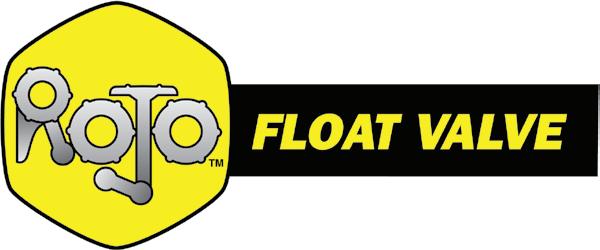
A RECENT pre-election poll showed something rather interesting: businesses are more optimistic about the future than they were last year.
When Baker Tilly Staples Rodway surveyed around 750 businesses across the country, 85% said they thought the Government’s management of the economy was poor, a huge jump from just three years ago.
However, the surprise was that fewer businesses believe the economy will worsen over the next 12 months. In fact, more than a quarter of businesses are feeling things are about to get better – a 50% improvement on the gloom of 2022.
If you asked Hawke’s Bay farmers, on the other hand, the results would probably look a lot different.
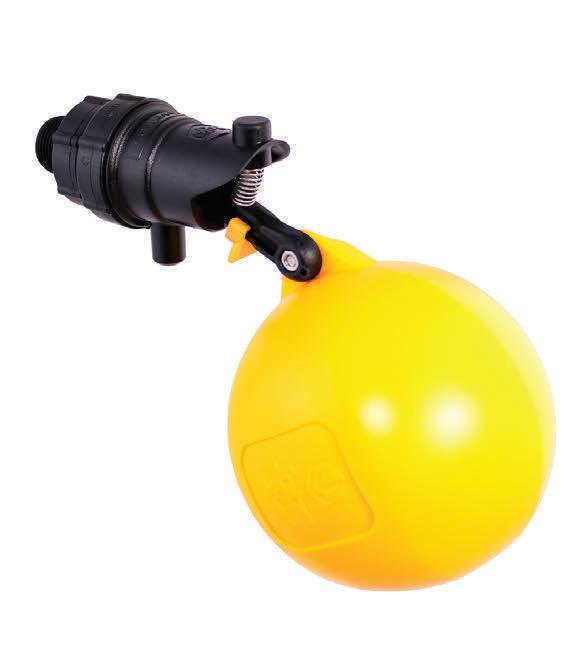
Based solely on current figures, many Hawke’s Bay farmers have experienced similar trading results to last year. Then there are some farmers whose results have exceeded last year’s significantly, but that is misleading when it comes to future business health.

The reality is that the profits are due to selling additional capital
livestock and receiving insurance proceeds.
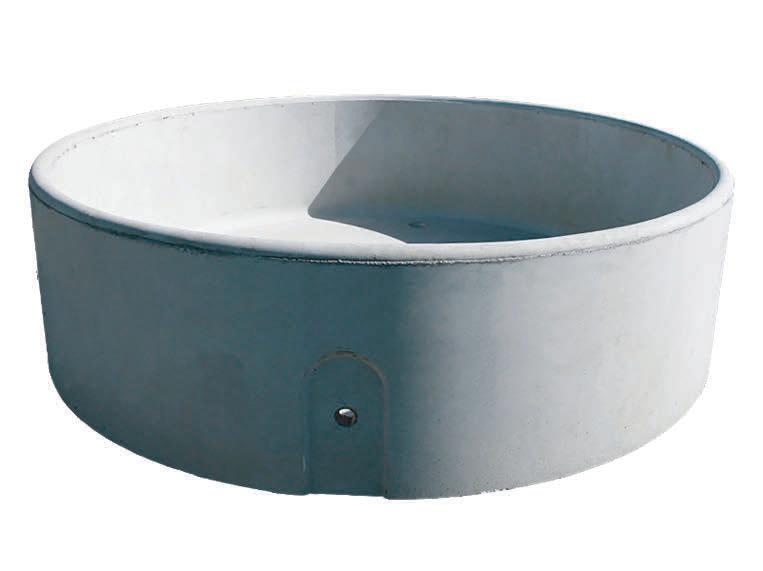
Meanwhile, these floodhit farms have limited or no fences to keep livestock in, tracks to access the land easily have been washed away and feed pasture has been damaged by slips and flooding. While the money and the support might be there to do the repairs, the weather hasn’t played ball, meaning thousands still needs to be spent on fences, culverts and tracks once the rain clears.
Farmers who have received sale proceeds from capital livestock and insurance payouts will have increased taxable income, healthy bank accounts and be cashflow positive at the end of the financial year. But it will be in the next financial year when significant costs are incurred, such as replacement capital livestock, new fencing,
track and culvert repairs, that the true cost of the cyclone will be felt and the reality sets in. These farmers also need to be mindful that there will be an increased tax liability due unless this tax has been able to be deferred.
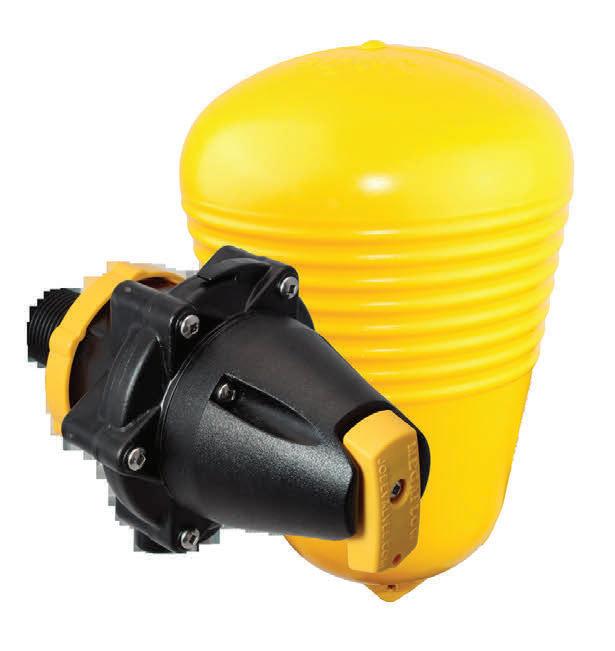
All this comes as costs increase, and revenues have dropped across the board. It’s uncertain whether dairy prices will continue to drop further, after a slight recent rebound.
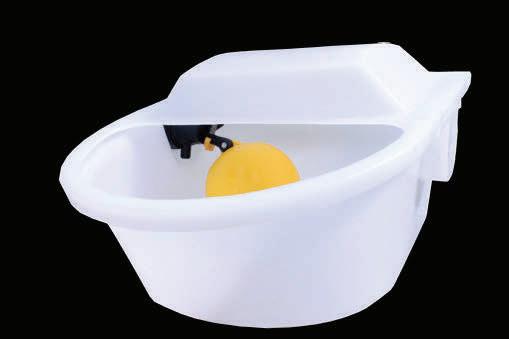
Around half of our survey respondents believe they will, while many weren’t sure. Meanwhile, the percentage of people expecting increased exports plummeted 20%.
What is certain is that next year’s balance sheet won’t look so good for farmers affected by the floods – and aside from fencing gangs or civil engineers, that’s likely to have negative impact on regional businesses too.

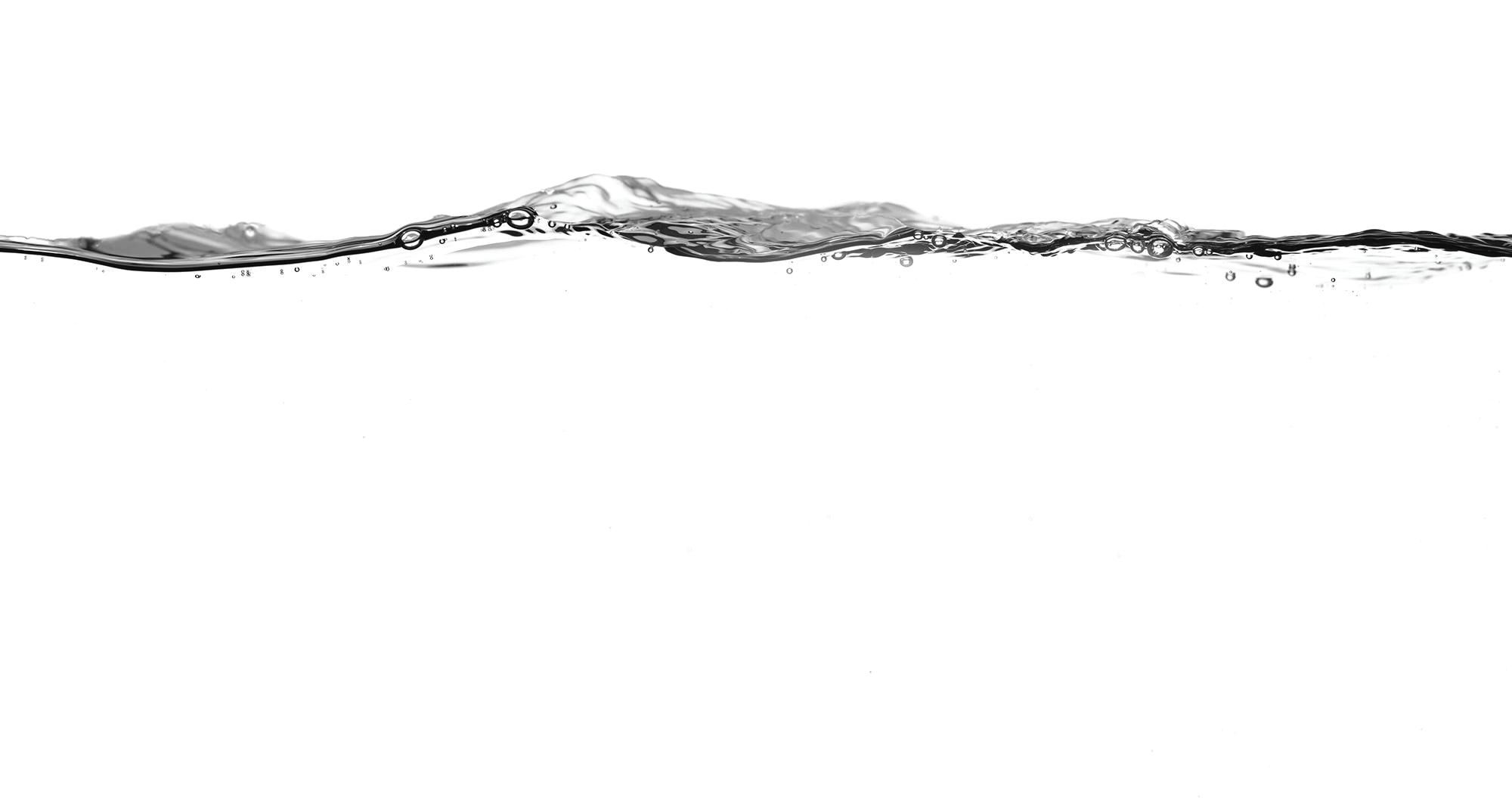
As the Federated Farmers report found recently, farmer confidence across the country is at a 14-year low, with 45% of farmers expecting to spend less in the next 12 months, against 35% expecting to increase it. So, what are farmers calling for?
The food and fibre sector is still the backbone of New Zealand’s economy, responsible for $57.4 billion worth of exports
in the year to June, or 11% of GDP. To support a healthy national economy it’s key that whichever party (or parties) win this election, they address the biggest issues facing the rural communities devastated in this year’s weather events. These include:
■ Reducing the impact of taxation

Nearly 85% of Baker Tilly Staples Rodway poll respondents were in favour of a full review of the personal tax system to address bracket creep. It’s a positive sign that both major political parties (to a greater or lesser extent) appear to be heeding the need to address taxation and cut unnecessary spending, promising to review the size of government departments and give back more to New Zealanders facing
cost of living struggles. Addressing the tax bands in particular could make a huge difference, provided government spending is also reduced to help offset the cost.
Unsurprisingly, however, three-quarters of those polled were against a wealth tax, and the majority also opposed a capital gains tax as a means of raising more revenue.
■ More support for mental health
Conversations with affected farmers reveal many are burning themselves out trying to fix everything, which carries a huge mental health cost. In fact, recent Massey University research shows that across the country, farmers and farm managers have a 70% chance of burnout (compared with 30% for
CEOs).
The Labour government has pledged $2.4 million to the Rural Support Trust, including for mental health services in cyclone-affected areas, while National has promised $20 million to community mental health providers over the next four years if elected. Farmers will be looking for the incoming government to deliver on these promises. Notably, health spending was ranked top on businesses’ wishlist in the poll, up from third place in 2020 and overtaking perennial favourite, infrastructure.

■ Curbing wage inflation

As of February 2024, the median wage is set to increase to $31.61 an hour, impacting wage thresholds for migrant labour. Increasing wages
across the board may help attract staff, but at the same time, adds pressure to farmers already struggling to pay rising mortgage costs and recover from cyclone damage – especially when most roles are at farm assistant level. Not every farmer is in the same situation, and a change in global economic conditions could bring a welcome turnaround in the outlook for the flood-hit rural sector. Increased positivity about the year ahead may signal anticipation that a change of government is also coming. Whatever the result at the polls, the biggest win for farmers will be more support during the six months ahead.
THERE’S BEEN a trend for while now of certain media deciding what opinions are ‘acceptable’ and what is ‘wrongthink’.
These self-appointed morality police sometimes take this a step further by doing little hitjobs on professionals they think have displayed ‘wrongthink’ on their personal social media accounts.
A recent case saw a health professional ‘doxxed’ by a Stuff journalist, the implication being that personal views could sway professional conduct. Do we then need to know the personal/ political views of journalists so we can also judge their work?
COULD CANTERBURY milk processor Synlait be a prime candidate for a takeover bid?
The listed company’s share price is hovering around $1.28/share.

Some analysts note that the projected fair value for Synlait Milk is NZ$2/share, based on 2 stage free cashflow to equity. The current price suggests Synlait is potentially 36% undervalued.
The 2023 annual results announced by Synlait didn’t really set the world alight.
The feeling is that it’s crunch time for Synlait: either it shapes up or will be shipped out via a takeover bid.
ENVIRONMENT MINISTER
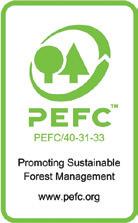
David Parker, likely in the final weeks of the job, remains hellbent on burning bridges with farmers.
Parker, who has never been a favourite of the farming sector, recently labelled members of rural ginger group Groundswell NZ as “dinosaurs”.
The group was founded in 2020 by farmers Bryce McKenzie and Laurie Patterson in response to a series of regulations the group says are “unworkable”. It has built up a reputation standing up to the Government where industrygood organisations have failed.
Parker’s recent outburst is understandable. With Labour on the ropes and Groundswell urging rural voters not to vote Labour, Parker knows that rural voters who backed Jacinda Ardern in 2021 are on the move again.
CHAMPAGNE CORKS would have been popping around the Pacific and New Zealand last week when President Joe Biden, reading from a statement at a summit with Pacific Island leaders, said that he was working with US Congress on a US$40 billion infrastructure initiative for the region.
But there was a slight problem. Biden had misread; the US is giving Pacific Islands only US$40m.
That wasn’t the only gaffe corrected on the official transcript released by the White House. He failed to read the acronym for the Pacific Islands Infrastructure Initiative.
And a few minutes later, he also announced a new agreement signed with ‘Puala’; he meant the tiny Pacific state, Palau.
Publisher: Brian Hight Ph 09-307 0399
General Manager: Adam Fricker Ph 021-842 226
Head Office: Lower Ground Floor, 29 Northcroft St, Takapuna, Auckland 0622 Phone 09-307 0399.
Editor: Sudesh Kissun Ph 021-963 177
Machinery Editor: Mark Daniel Ph 021-906 723 markd@ruralnews.co.nz
Reporters: Peter Burke Ph 021-224 2184 peterb@ruralnews.co.nz
Subscriptions: Julie Beech Ph 021-190 3144
Production: Dave Ferguson Ph 027-272 5372
Becky Williams Ph 021-100 4831 Digital Strategist: Jessica Marshall Ph 021 0232 6446
NEWS OF the discovery of a new case of Mycoplasma bovis on a dairy farm in Canterbury should not come as a surprise.
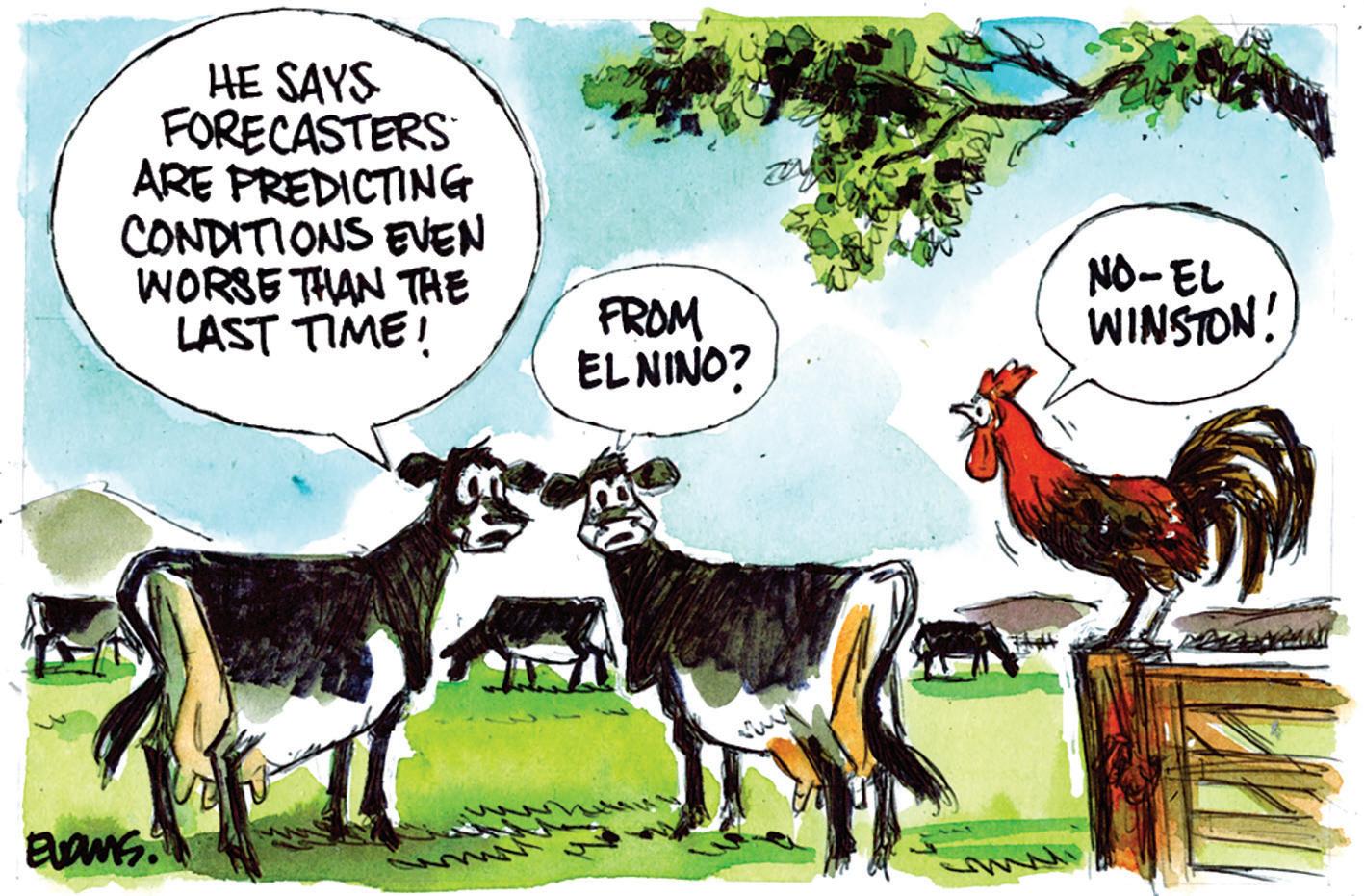
After all, in April when Agriculture Minister Damien O’Connor announced that there were no more active cases in the country, he chose his words carefully with the caveat that more cases may come to light.
The announcement of zero known cases came near the end of the season, but now with the milk flowing it’s not surprising that the bulk tank milk screening process has detected a case of M. bovis in Canterbury. One’s heart must go out to the farmer and family who will be shocked at the news. They now face the terrible consequences of having their herd culled and going through the process of establishing a new herd. That’s tough and in effect they are ‘taking one for the team’.
But what this also highlights is that NZ can ill afford to be lax when it comes to biosecurity. The excellent work of Ministry for Primary Industries (MPI) with its testing programme and the ongoing support for this by DairyNZ and B+LNZ is to be commended.
It is a well-known fact that the thing that worries agricultural ministers the most is biosecurity. Keeping diseases out of the country and taking drastic measures to eradicate them if perchance they slip through our border is pivotal to the NZ economy.
We hear lots of crazy political rhetoric as the election looms – including cutting the staff in the public service. While some of this may be justified, we should hope that no one will be stupid enough to cut public services which are the foundation and protectors of our economy. It is not only the border; it’s at farm level where property owners need to obey the rules that ultimately protect their businesses.
The work done by MPI and other agencies to protect our primary exports must not be compromised to satisfy some political cost cutting fantasy.
Thankfully NZ has managed to avoid any biosecurity catastrophes and this latest outbreak of M. bovis is a warning to everyone to be vigilant in this regard.
AUCKLAND SALES REPRESENTATIVE: Stephen Pollard Ph 021-963 166 stephenp@ruralnews.co.nz
WAIKATO SALES REPRESENTATIVE: Lisa Wise Ph 027-369 9218 lisaw@ruralnews.co.nz
WELLINGTON SALES REPRESENTATIVE: Ron Mackay Ph 021-453 914 ronm@ruralnews.co.nz
SOUTH ISLAND SALES REPRESENTATIVE: Kaye Sutherland Ph 021-221 1994 kayes@ruralnews.co.nz
FROM BURPING cows to grazing sheep, when it comes to global warming, the finger of blame is invariably pointed at the livestock farming industry these days.
Animal agriculture is causing greenhouse gas (GHG) emissions to raise, say critics, and if we’re serious about tackling climate change then we need to cut red meat from our diets and switch from cow’s milk to alternatives such as soy or oat milk for our tea or coffee.
It’s an argument that’s gained a significant amount of traction, with more and more people adopting vegan diets in response to repeated reports that livestock are a major contributor to the world’s environmental problems.
But while animal agriculture is by no means blameless in the global warming debate, it seems the industry’s impact on the environment is not as significant as critics suggest.
The Government has set a goal of reducing greenhouse gas emissions from agriculture as part of its overall effort to reduce New Zealand’s emissions by 50% by 2030.
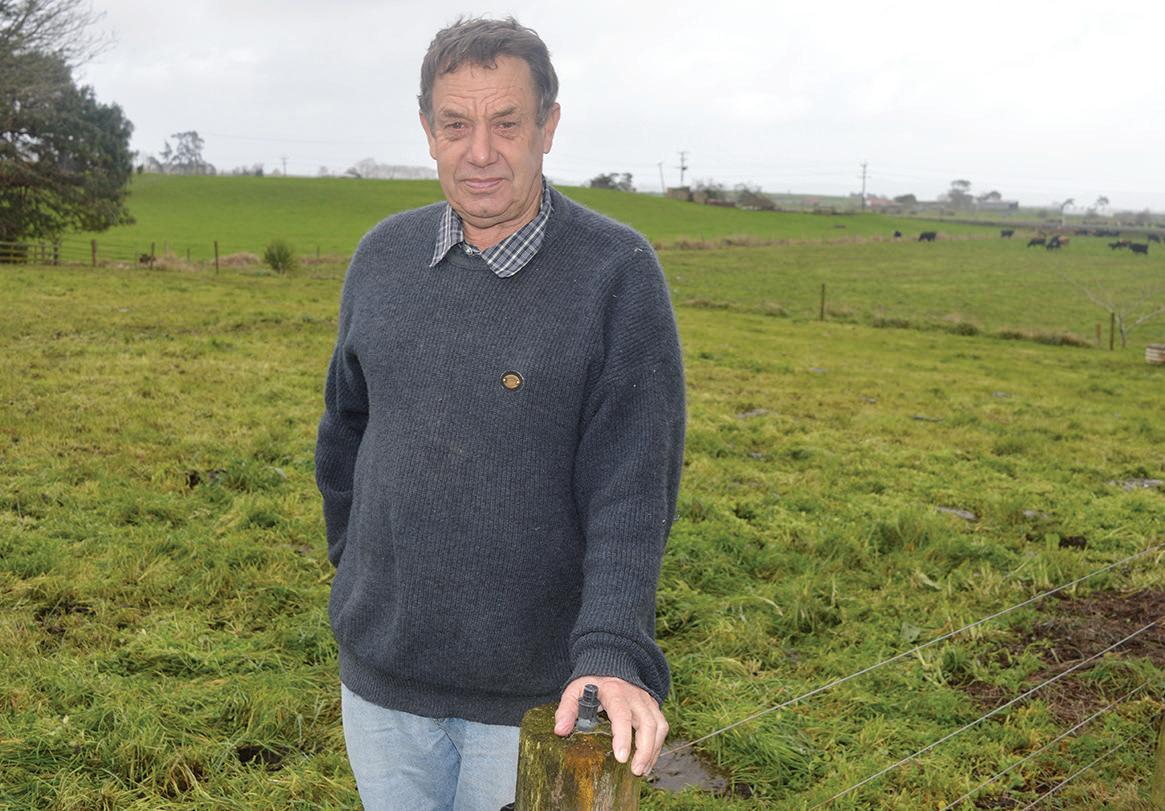
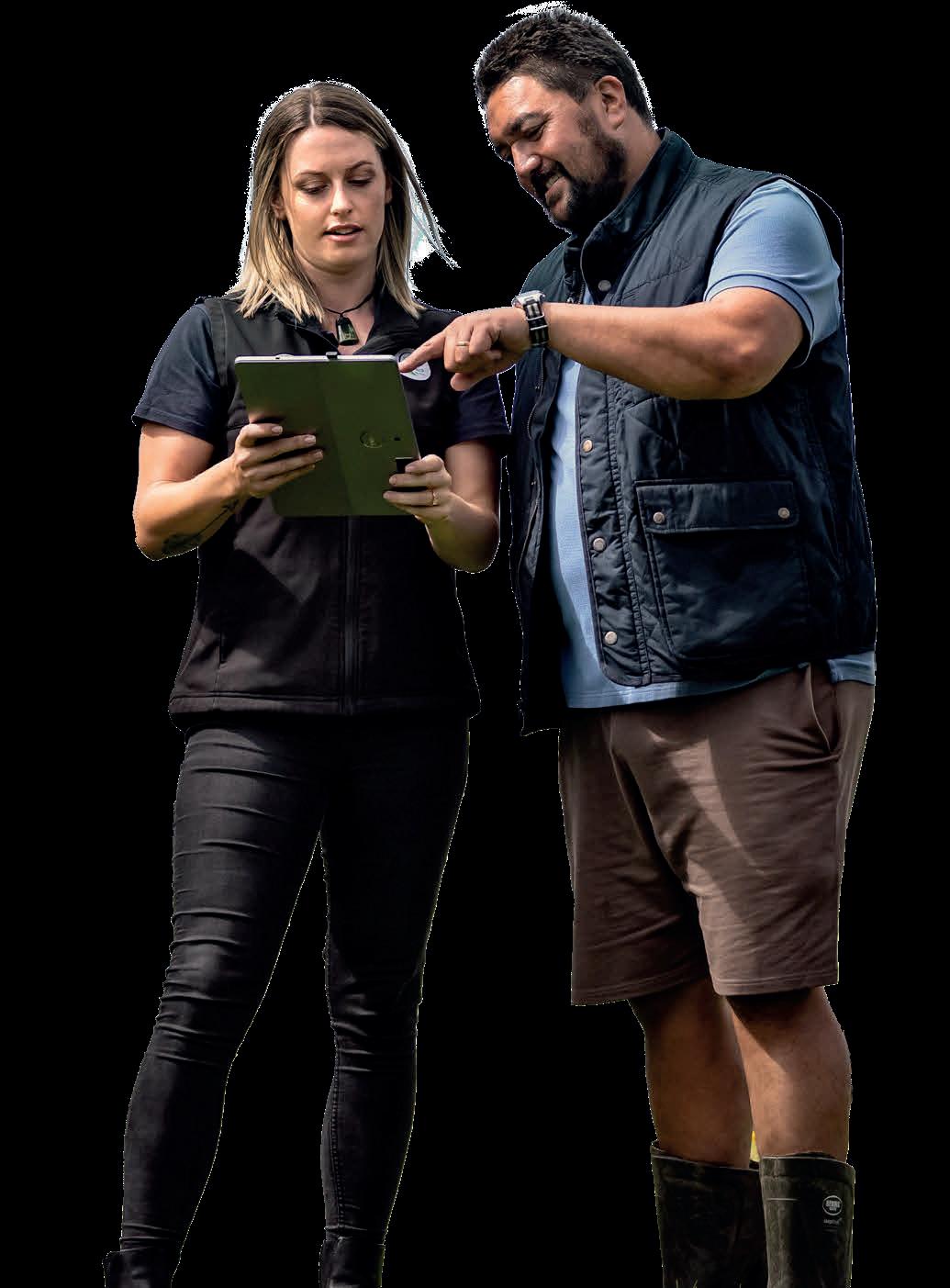
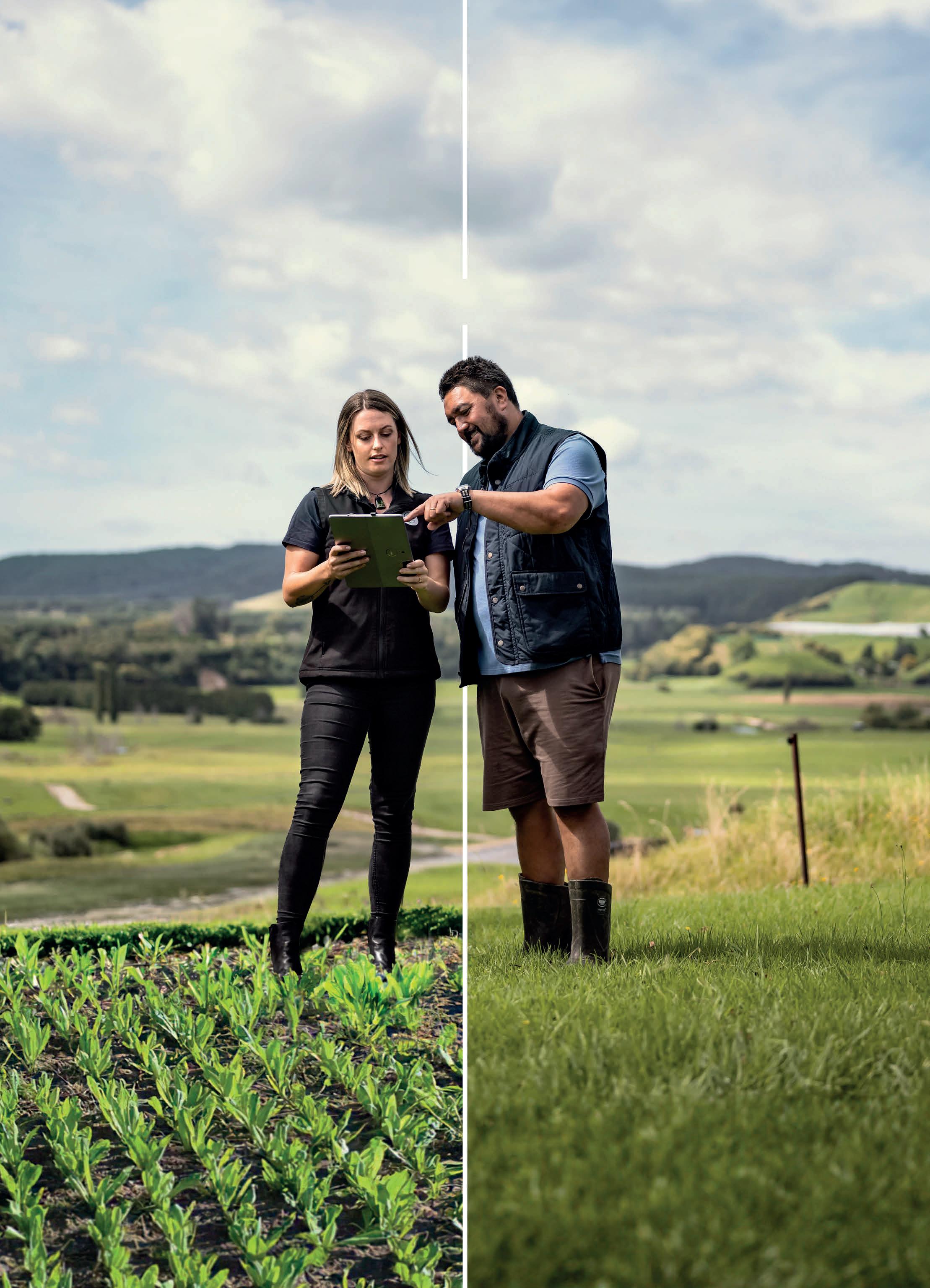
What kind of madness is this? With all the economic issues affecting our country, why is the Government putting in place policies and IPCCdriven mandates that will seriously affect the food producing sector that provides food security for us and is also our primary income earner?
While methane has been said to be 28 times more heat-trapping than carbon dioxide, the UNFCCC declaration in November 2022 also stated that this figure was wrong.
The IPCC admitted the mistake in their Sixth Assessment Report, explaining at page 1016 of Chapter 7, “…expressing methane emissions as CO2 equivalent of 28, overstates the effect on global surface temperature by a factor of 3-4”.
After 10 years, methane is broken down in a process called hydroxyl
oxidation into CO2, entering a biogenic carbon cycle which sees the gas absorbed by plants, converted into cellulose, and eaten by livestock.
To put that into context, each year 558 million tons of methane is produced globally, with 188m tons coming from agriculture. Almost that entire quantity — 548m tons — is broken down through oxidation and absorbed by plants and soils.
That means that provided no new animals are added to the system, then the same amount of carbon dioxide produced by livestock is used by plants during photosynthesis.
That’s not to say livestock has no impact on climate, but we are not adding additional warming.
In fact, with stock numbers decreasing thanks to increased production efficiencies and improved genetics we are reducing our emissions.
The dairy herd has shrunk from ‘peak dairy’ cows at 6.7 million stock units in 2014 down to 6,140,000 stock units in the 2023/24 season.
We have got smaller flocks and herds today, but we are producing the same amount of meat as we did when we had larger numbers.
There are many who claim that agricultural land used to raise livestock should be converted to arable land, but the problem with that argument is that two thirds of the world’s agricultural land is marginal, which means it cannot be used to grow crops because the soil is not sufficient or there’s not enough water.
We must use that land for livestock farming because it’s the only way to use it.
Those who say stop animal agriculture because it’s better for the environment and humankind are effectively saying let’s get rid of two thirds of all agricultural land.
When the Government says we need to reduce the national herd by 20% to meet our climate commitments, haven’t we
done that already?
Aside from just the reduction in the total stock units in NZ, there is also the fact that the science used to calculate the emissions from livestock farming does not take into account the carbon sequestration from the grass pastureland itself.
If all forms of carbon sequestration on farms was taken into account when calculating our GHG emissions, it would be seen that farming is in fact reducing our emissions overall.
With our open pasture methods of livestock farming, we are acknowledged as

one of the world’s most environmentally-sound producers of agricultural products.
Why aren’t our negotiators pointing this out to the climate commissioners and our markets?
EARLY DETECTION
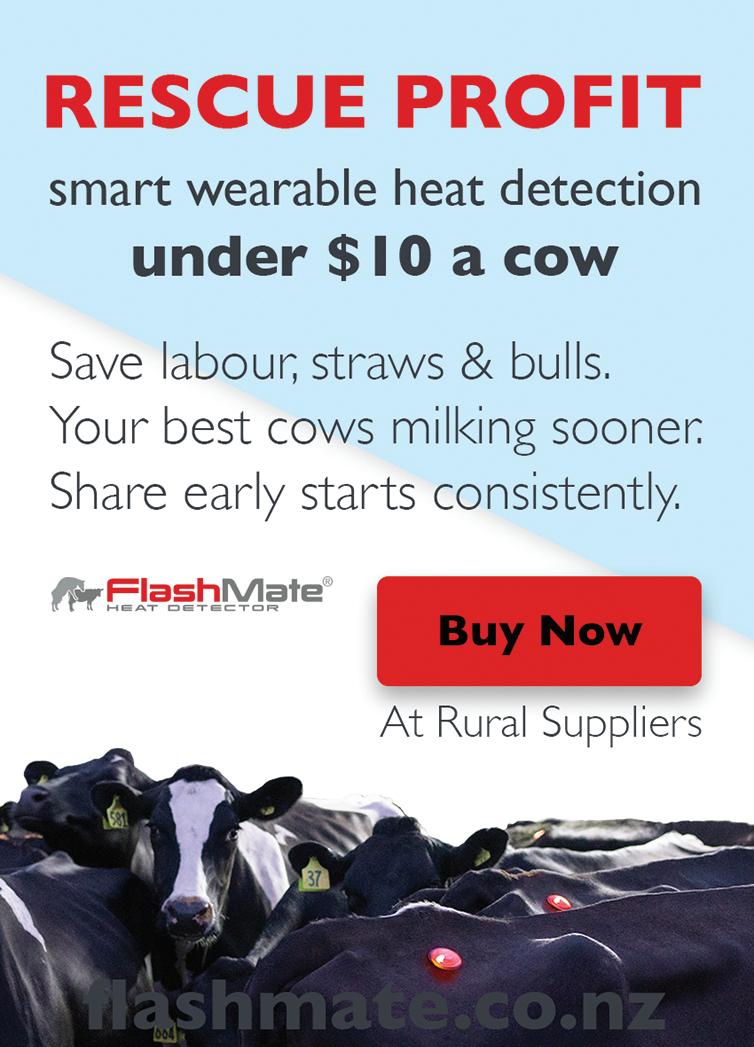
and action are key to keeping fall armyworm populations under control, preventing economic damage to maize and sweetcorn crops, according to Foundation for Arable Research (FAR).
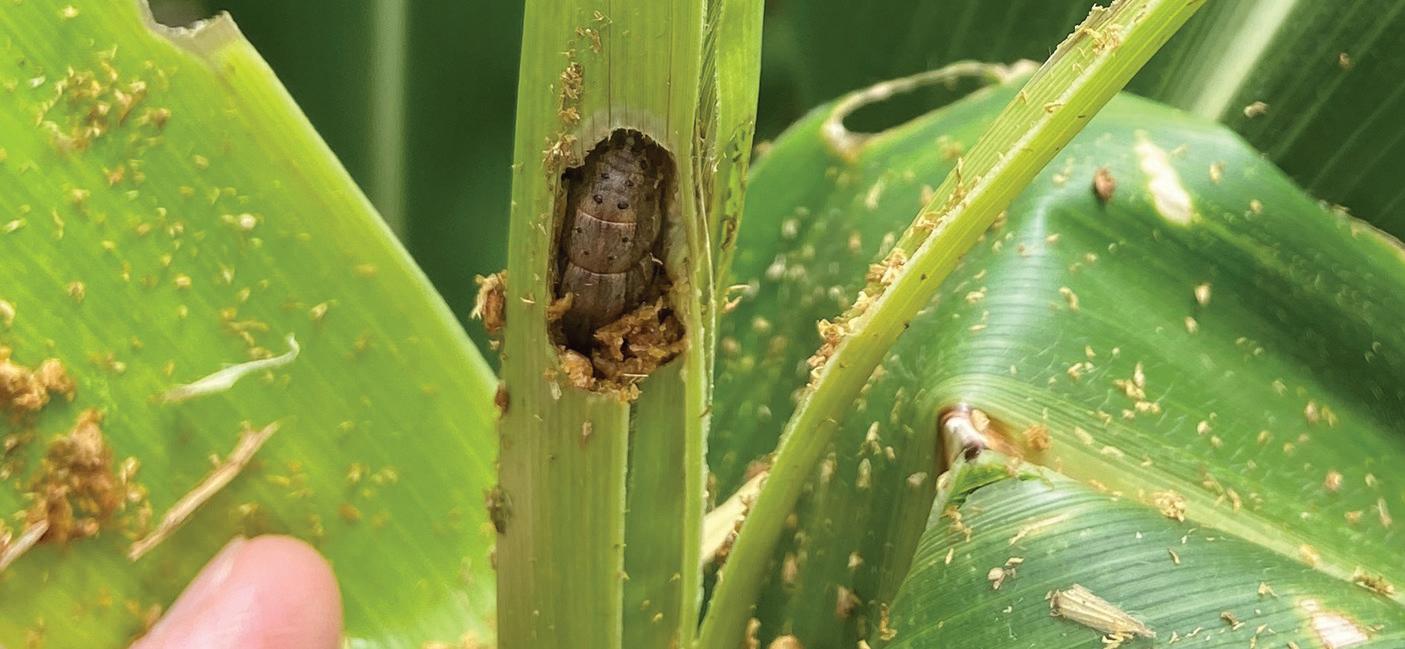
FAR biosecurity spokesman Ivan Lawrie says that early monitoring of crops is advised, especially in milder regions such as Northland, Auckland and Waikato where the tropical pest may overwinter.
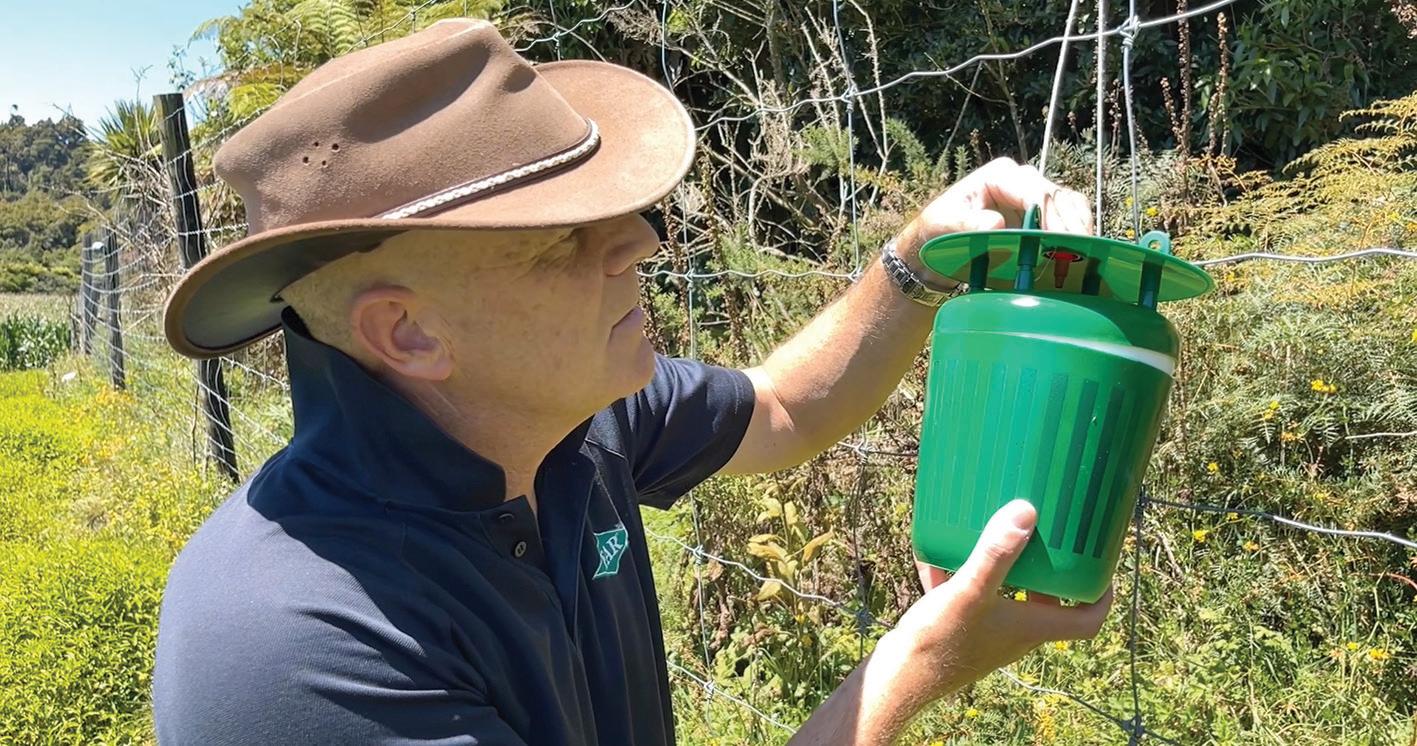
insecticide is only economic for maize if more than 20% of the plants have significant foliar damage. Application is more effective on FAW up to the third larvae instar as they are more prone on the plant’s foliage and have not yet become entrenched.
“International literature says you only need to hit it once. The key is to get it early,” Lawrie says.

An insecticide treatment also controls the first generation of FAW, slowing down populations.
For serious economic damage to occur, more than one or two generations of FAW are required on a crop to build up numbers.
“Modellers suggest that there should be only three generations doing active damage in New Zealand and probably one more in Northland,” says Lawrie.
Fall armyworm (FAW) can attack crops at all stages, but its control is much more effective when larvae are small and are feeding on leaves. Treatment is best between maize plant emergence and growth stage V6, before larvae can hide in the whorl.
Application of an
Living up to its “fall” name, FAW builds up its population towards autumn, as it completes more life cycles, so later sown crops are more vulnerable.
“FAW is less of a problem for silage growers and more of a problem for maize grain growers and particularly sweetcorn producers.”
The insecticide Sparta is on label for aerial and ground applications for controlling FAW on maize and sweetcorn crops, with other products expected to become available. Early action also means a ground application can be made rather than a more expensive aerial
treatment.
Growers are advised to avoid the use of insecticides that are ineffective on FAW and potentially harmful to beneficial insects such as the parasitic wasp Cotesia sp. which appears to be having an impact on FAW populations.
OVERSEAS Fall Army Worm (FAW) has become resistant to some insecticides.
An initial biosecurity response from April 2022, when FAW was first confirmed in New Zealand, has now shifted into long-term management which will be led by industry groups including Seed and Grain Readiness and Response (SGRR) of which FAR is a member.
More than 80% of inquiries from growers about pest activity are not FAW as there are a lot of look-a-likes including tropical armyworm, cosmopolitan armyworm and corn earworm, Ivan Lawrie says.
FAW larvae has key identification features including an inverted ‘Y’ marking on the head area and four large spots in a square arrange -
ment on the second to last segment.
Last season most early sightings, as expected, were in Northland and later in Waikato with a scattering of confirmed cases across the North Island. “What we weren’t expecting were finds on the South Island’s West Coast although we now realise the region has frostfree pockets.”
There was also one find in North Canterbury in sweetcorn, but this was late in the season with other pests responsible for most crop damage.
FAW has no dormant period and so needs a food source to overwinter in frost-free regions. “Anything that is green will enable it to overwinter and it has been observed on
ryegrass and clover in a harvested maize paddock, as well as volunteer maize.”
Research is being targeted at understanding potential green bridges, the pest’s overwintering capabilities, biological control, insecticide efficacy and management and the development of an online FAW alert tool using real-time climate data to provide growers with an indication of high-risk periods.
FAW is a moth species native to the tropical and subtropical regions of the Americas. It is polyphagous (feeds on many different plants and crops) and has rapidly spread to several countries including Australia in 2020, where it is believed to have been blown by wind to New Zealand.

“FAW is less of a problem for silage growers and more of a problem for maize grain growers and particularly sweetcorn producers.”FAR biosecurity spokesman Ivan Lawrie with a fall armyworm pheromone trap. Early fall armyworm control is more effective, before larvae can hide in the whorl of a maize plant.

DAIRY FARMERS could be leaving up to 30% more income on the table by not doing the numbers on supplementary feed, according to SealesWinslow general manager Grant Jackson.
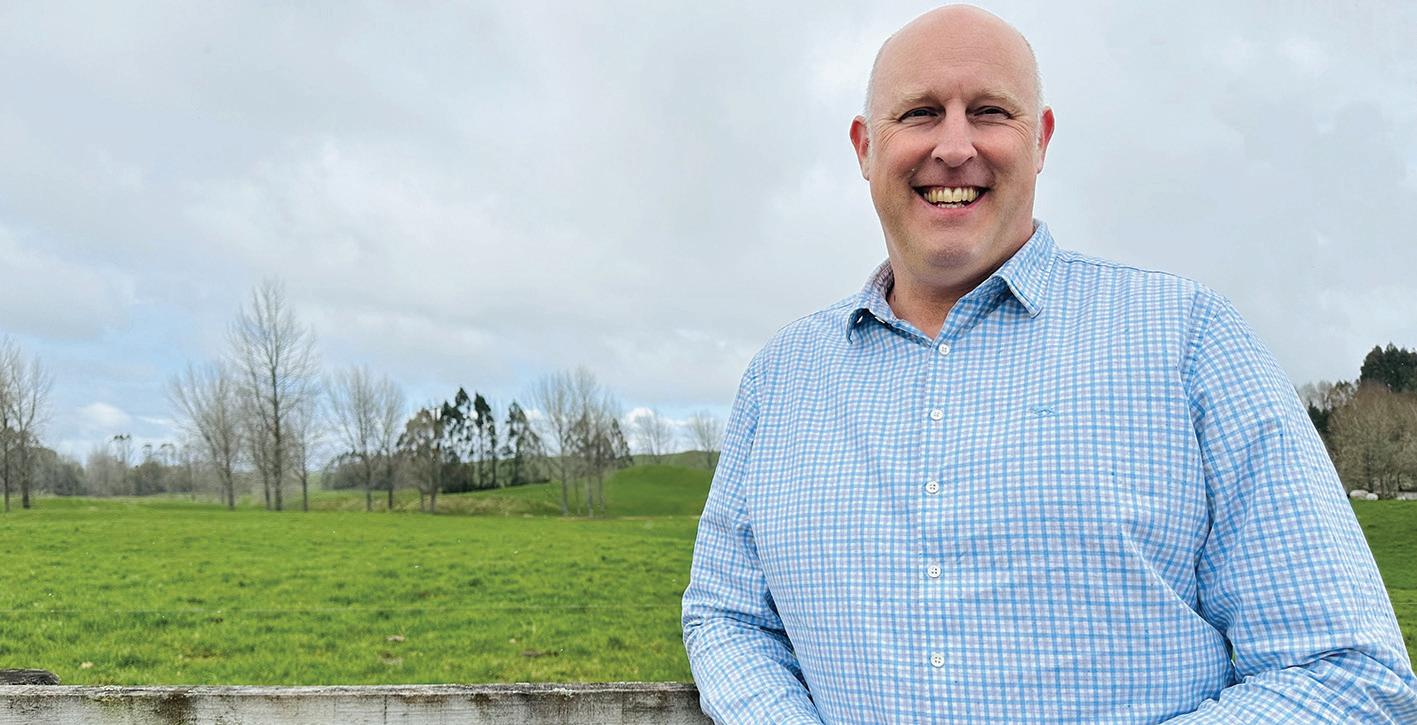
His comments come as Fonterra relaxes the rules around its Fat Evaluation Index (FEI) grading system by suspending minor downgrades in the wake of a downgraded forecast payout.

The move gives dairy farmers more flexibility around how much palm kernel expeller (PKE) they feed their cows, which has traditionally been viewed as a more affordable feed option.
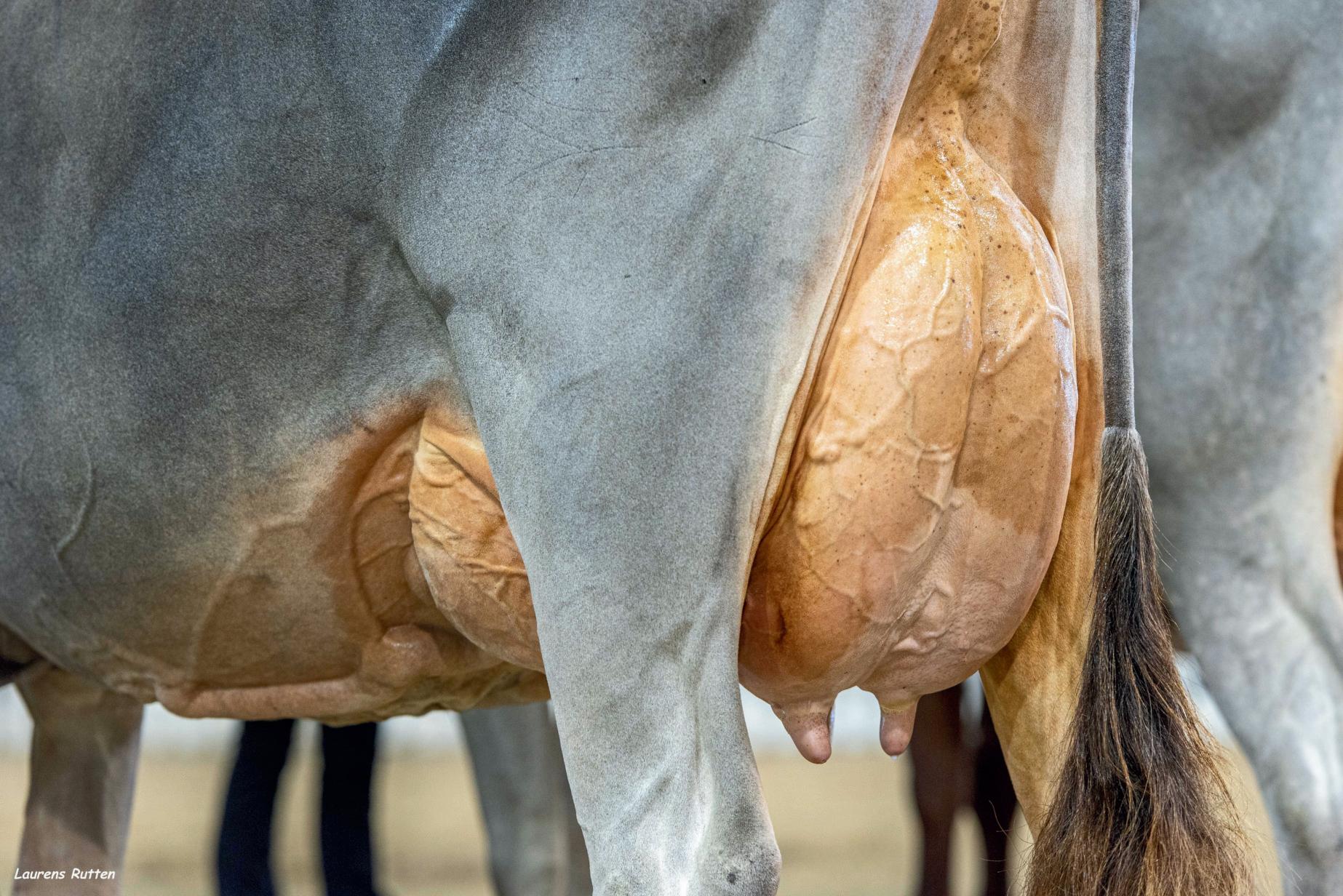
However, Jackson cautions them about making feed purchasing decisions based on price alone and encourages them to do their due diligence.
mating nears, I would encourage them to do that sooner rather than later.”


Using the Cornell Net Carbohydrate and Protein System (CNCPS), SealesWinslow carried out biological modelling to compare the effects of various feed combinations on milk production.
This biological modelling tool is used by nutritionists in New Zealand and is widely accepted as an accurate predictor of milk production in pasturebased systems. This is confirmed by an article published in the Journal of Dairy Science in 2013 by authors from DairyNZ and Cornell University.

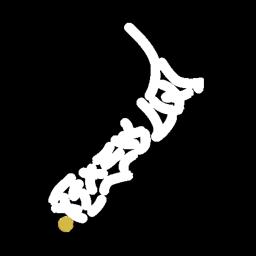
As demonstrated in the table below, a 500cow dairy farm in the South Island producing 1.76 kgMS per cow per day feeding 18 kgDM from pasture and 3 kgDM from PKE, showed a predicted income over the cost of $54,900/ month, at the current $6.75/kgMS payout.

“As dairy farmers tighten their belts and look at more costeffective ways to put more milk in the vat, it’s easy to go with the cheapest option. But cheapest is not always the best.
“Our research shows that by investing in a better-quality feed with more energy and more starch to fire up their rumen, the more efficiently cows will use their entire feed ration (including pasture) and the more milk they will produce.
“This is not a sales pitch. It’s about demonstrating what’s possible and why dairy farmers need to do their own numbers and seek advice from their rural professional partners before they make decisions on feed. As
If that same farm fed a combination of 18 kgDM from pasture and 3 kgDM from a high starch (50%), high energy (13.5 MJ/ kg) pelletised feed, feed costs increased by 16%. However, milk production increased by 20% and the farm’s predicted income over feed costs jumped to $72,788/month. That’s a significant increase in income of more than 30% each month.
SealesWinslow also modelled scenarios based on feeding pasture + wheat. At a cost of $131,850/month, the predicted income over feed costs was more at $73,688. However, for the sake of $900/ month, the risk, storage, loss, time, and cost of blending in additional minerals needs to be considered.
Getting cows in calf and lifting 6-week in-calf rates this season will be more important than ever. Dairy farmers can’t afford empty cows.
According to DairyNZ, every 1% increase in a farmer’s 6 week in-calf rate is
valued at $4 per cow. Every 1% decrease in Empty Rate is valued at $10/cow. For our 500 cow example above, for every 1% improvement in each a farm gains an additional $7,000 additional profit next season from increased milk yield.
“Feeding cows well in the lead-up to mating requires good management of pasture allocation and an awareness of the specific needs of at-risk cows. For the main herd, daily pasture intake targets should be 4% of liveweight. Any shortages can be made up by supplying a suitable high-energy supplement.
“Non-cycling cows are a drain on farm resources and farmers’ wallets, something they need to avoid right now. But with some careful planning and the right advice, dairy farmers can take steps to get cows cycling from 6 weeks post calving using nutrition.
“The goal should not only be to maximise milk production this season but also to safeguard the profitability of their business in the longer term and be ready when the milk price will likely rebound.”
Getting cows in calf and lifting 6-week in-calf rates this season will be more important than ever. Dairy farmers can’t afford empty cows.
autumn I dosed 25 spring calving cows that had a cell count over 900,000 and followed up with RUMiCELL in the herd.
MASTITIS IS an inflammation of the udder. In cows, it is usually caused by bacteria which have entered through the teat canal and moved to the mammary tissues.
productive lifetime and ■ provide more profit
The bacteria multiply and cause an infection, which causes the cow’s own immune system to respond. This leads to an influx of inflammatory cells into the area where the bacteria have set up an infection. We see this immune response as an increase in the somatic cell count (SCC) of the milk from that quarter.
Although “mastitis” means an inflammation, the terms “mastitis” and “infection” are often used interchangeably. This is because minimising mastitis is all about minimising these bacterial infections.
Cows with a healthy udder:
■ produce more milk
■ are easier to milk
■ have less mastitis
■ suffer less pain
■ are more likely to get in calf
■ have a longer
Somatic cell counts (SCC) Somatic cells are mainly white blood cells that increase in number in response to the bacteria that cause mastitis. High somatic cell counts mean lower production. Cows with high somatic cell counts usually produce less milk than those with lower counts. They may also be less fertile. The earlier you identify and treat infected cows the more productive your herd will be.
High bulk milk somatic cell counts can lead to penalties. Just a few infected animals can increase the bulk milk somatic cell count in your vat and put you at risk of being penalised by your dairy company. Regular herd tests help keep your bulk milk counts at an acceptable level by identifying individual animals with high somatic cell counts that may need treatment or culling.
What we can use SCC for:
■ Measuring somatic cell counts help control mastitis and improve milk quality in your herd by identifying infected animals that need to be treated or culled.
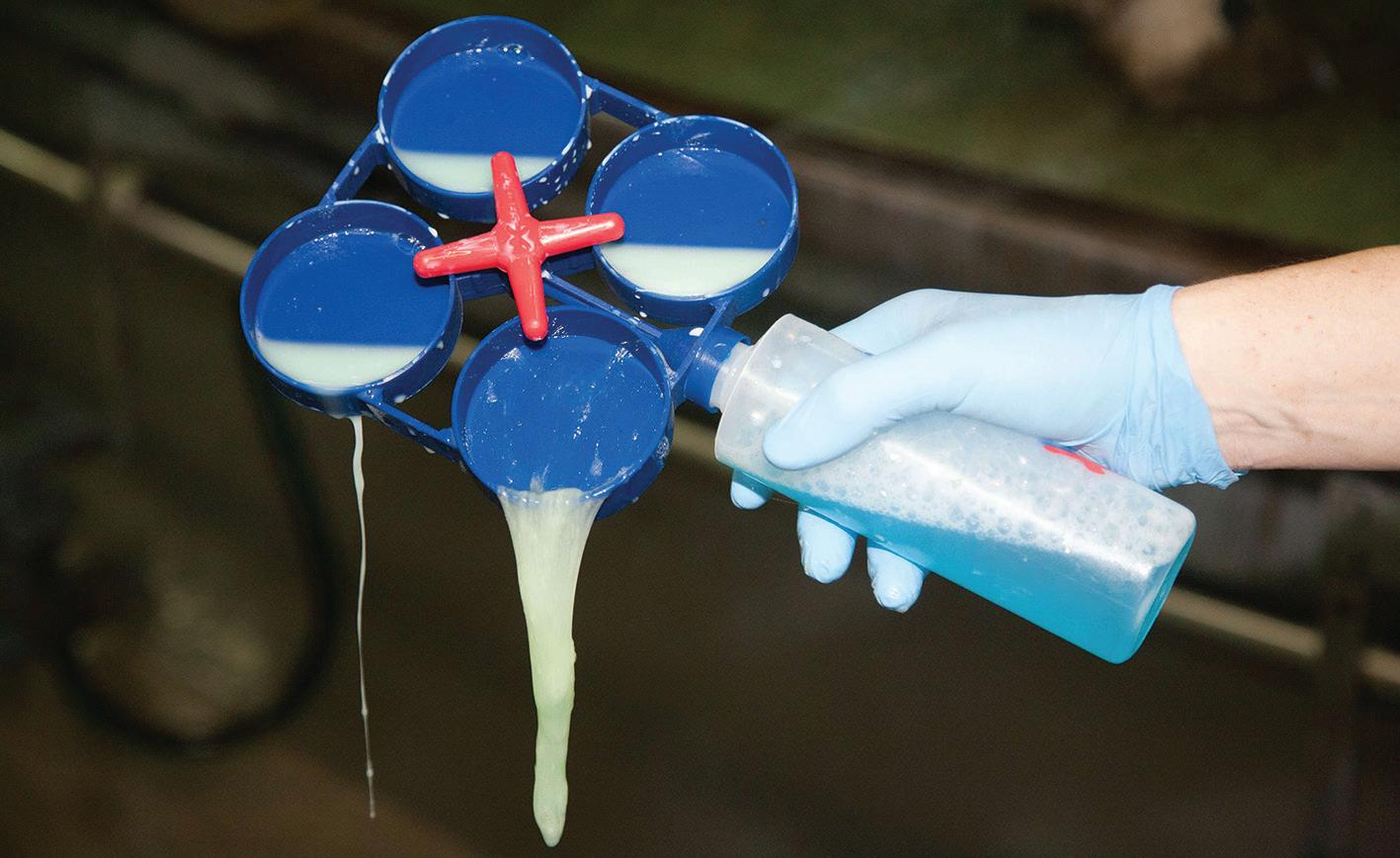
■ Rapid detection and treatment of cases means fewer chronic infections develop,
SOMATIC CELLS are always present in milk. A series of bulk milk somatic cell counts (SCC) should be reviewed to see both the level and trend for a herd. Cows regularly shed a small number of cells in their milk. In mid lactation, normal milk can contain 20,000 to 150,000 cells/ml.
There should be concern once a cow has between 120,000 and 150,000 somatic cells in every millilitre of milk it produces. The higher the somatic cell count the worse the infection.
Why is this important?
■ A high SCC indicates a high level of mastitis (usually subclinical) in the herd
■ About 15% of cows have (subclinical) mastitis for every 100,000 cells/ml
■ Sharp rises often indicate missed clinical cases
■ Impact of mastitis on SCC is more pronounced when fewer cows in-milk
e.g. at the start or end of season. If your SCC exceeds your dairy company’s penalty level, individual cow counts can be used to identify offending cows. Milk from these cows can be withheld from the vat until the cows are cured and their SCC lowered.

In all herds, a sudden increase, of 50,000 cells/ml or more, may indicate that one or more clinical cases have been missed. The impact will be more pronounced for smaller herds, or when there are fewer animals in the herd, such as at the start or end of the season. Herds with a higher SCC may have more fluctuations of the SCC on a dayto-day basis because there will be many more infected quarters.
On average, there are 15% of cows infected for every 100,000 cells/ml up to 300,000 cells/ml.
and less chance of infection being passed to other cows. Use records of clinical cases and treatments to monitor herd level of mastitis and identify individual cows for culling.
Somatic cell counts identify cows with sub-
clinical mastitis. Unlike cows with clinical mastitis, cows with subclinical mastitis show no physical signs of infection but they are often less productive. They may also infect other animals in your herd.
■ Article - WelFarm (welfarm.co.nz)
You have a problem with SCC if you have:
❱❱ SCC grades
❱❱ SCC alerts or warnings
❱❱ Spikes in SCC (+50,000 cells/ml)
❱❱ Upward trend in SCC steeper than target curve
❱❱ SCC above industry average - see Industry Benchmarks
Although “mastitis” means an inflammation, the terms “mastitis” and “infection” are often used interchangeably.
PROBIOTIC REVOLUTION claims that farmers using its probiotics are achieving outstanding results in mastitis control.
These products have been used to treat clinical cases as well as at dryingoff, or with springers and during lactation.

The company says the best results have been achieved by John and Donna McCarty, who milk 350 cows at Kaponga.
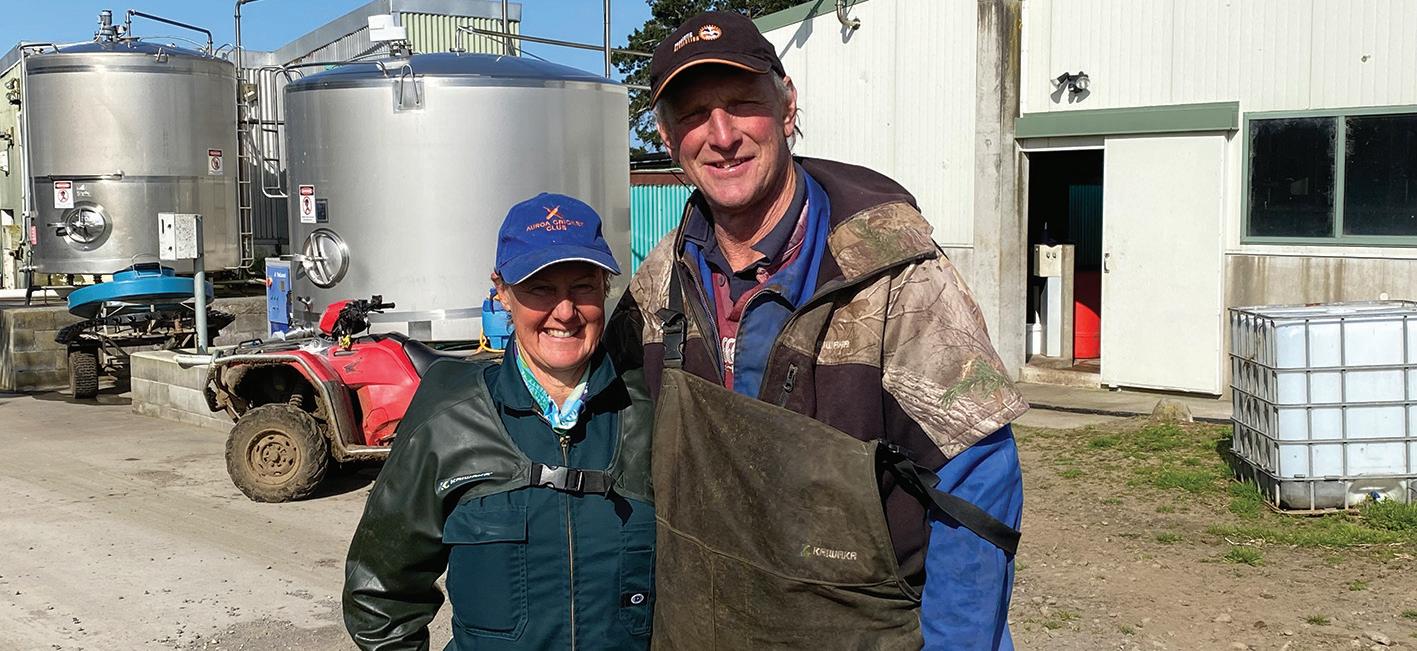
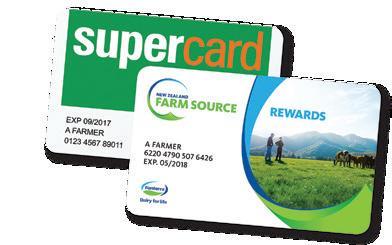
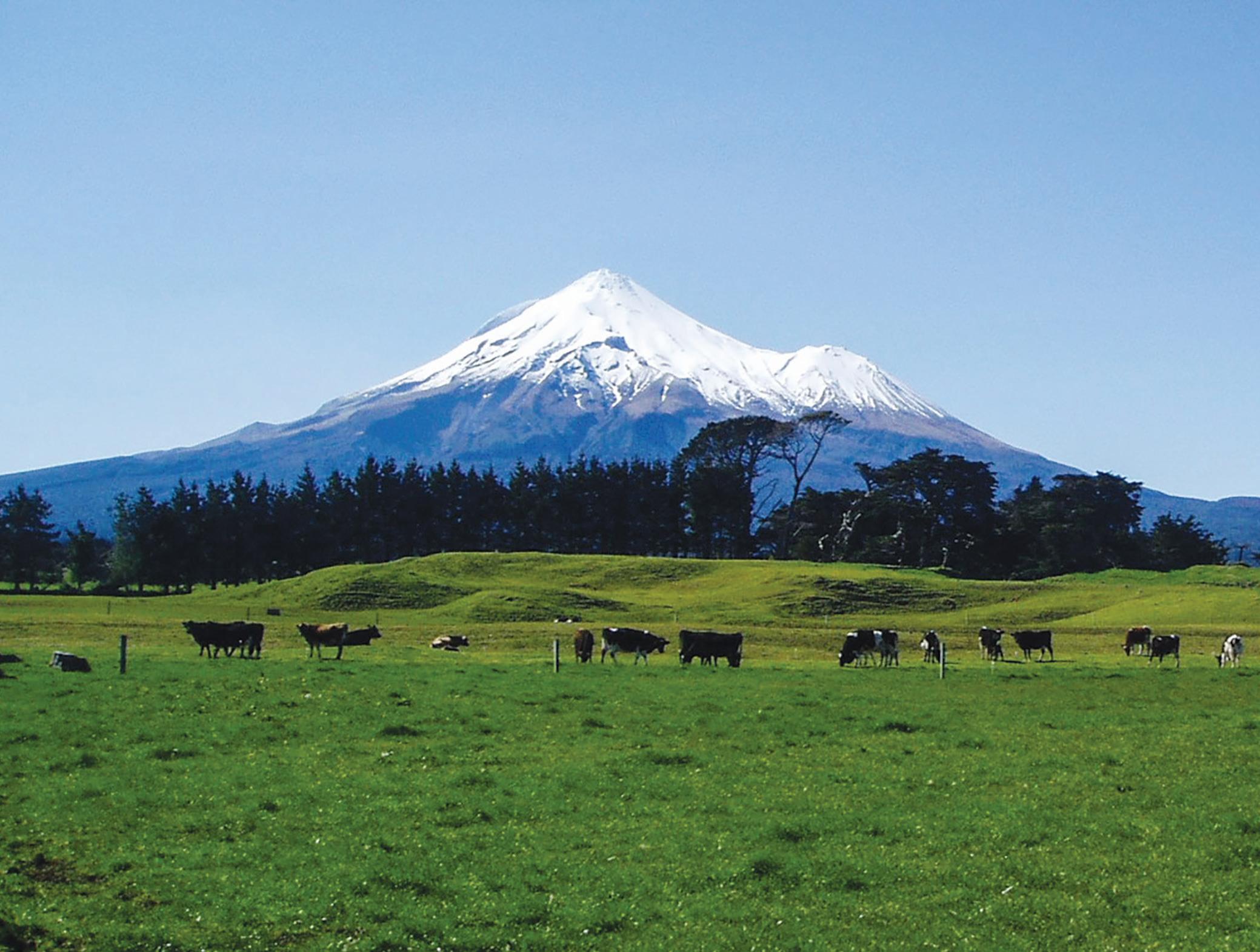
The first year they had their herd on BioRumen, primarily to improve feed conversion efficiency, they treated a hand full of clinical mastitis cases with Bovine Boost – and they all came right. As a result, the McCartys were determined to go antibiotic free the following season.
They sat down with Probiotic Revolution’s Chris Collier to work out how to do this, the company says.
“The first step was to pick out their high somatic cell count cows at dryingoff and treat their trough with Bovine Boost for five days.
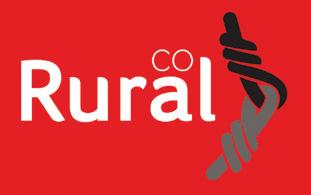

“That winter the only cows with dry period mastitis were with the low somatic cell count cows that didn’t have any kind of treatment.
“The springers then received the same probiotic the milkers were getting and calving mastitis cases were halved, but the most staggering result was with the treatment of clinical cases with Bovine Boost.”
Over the next two years 24 of the 25 cases per year cleaned up with Bovine Boost. Collier says he has never heard of such good results with any other type of treatment, including antibiotics, unless all the infections were Streph uberis at calving.
The McCartys say they love the program to control mastitis.
“It’s not a hassle to jump up on the platform to treat the odd cow,” says John.
“You don’t have to worry about antibiotic milk going in the vat, and our vet bill has been absolutely slashed.”
The McCarty’s have now been antibiotic free for four years and Collier
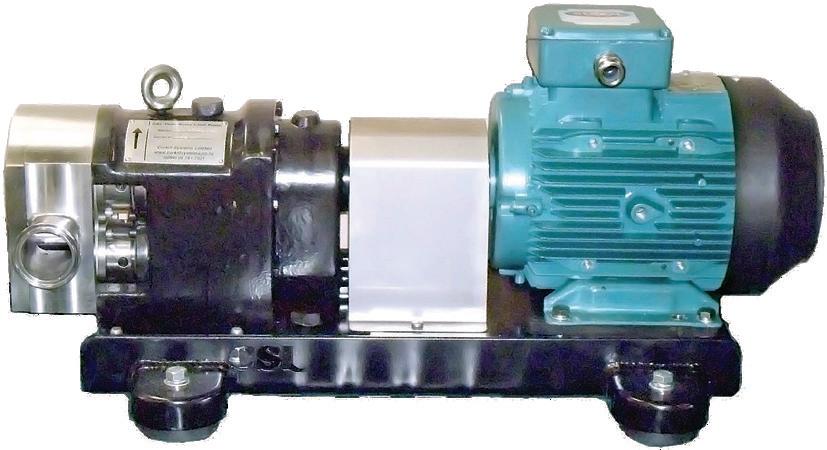
Combined with the CSL Milkflow Controller, the CSL Lobe Pump accommodates the large wash volumes required in today’s dairy sheds without compromising milk quality.

was keen to see if they could take their results to a new level by cutting down further on calving mastitis cases. Extra bacteria were added to the pre-calving mix to get to levels used on springers on other farms, and the McCartys got to a record low of four calving mastitis cases and cell counts in early spring down to 100,000.
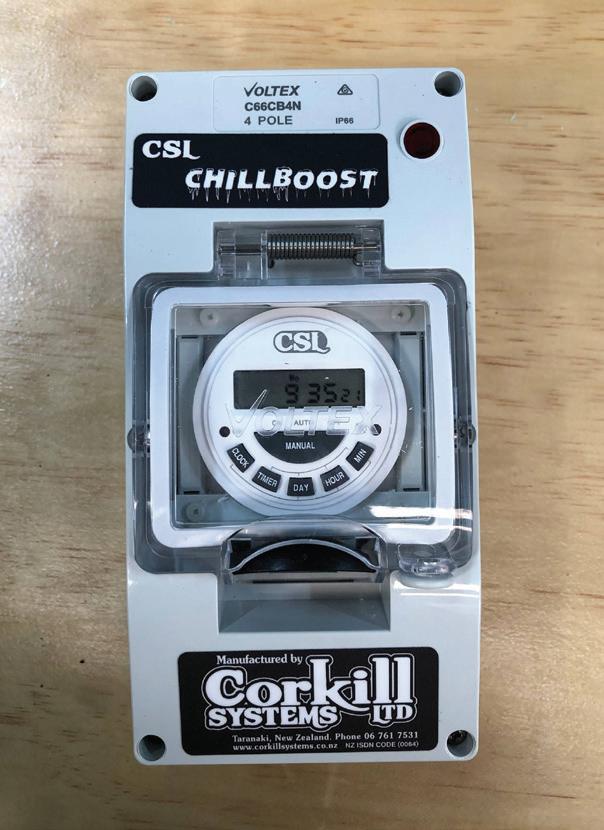
“We are so pleased,” says Donna.
“We have had such a wet August, and with cows coming to an open feed pad daily, we were having to wash mud off freshly calved cows. Given those conditions you would expect lots more mastitis.”
Collier says he has achieved similar results on several other farms but has also seen results vary.
“In terms of cure rates, the best
results will be achieved when cows are already on the daily ration – Rumicell – to keep their immune system ticking over. Then it is important to have a very good mineral intake – particularly minerals such as selenium, that are known to help immune function. If these things are right, then we have a low-cost system to control mastitis and help production,” says Collier.
FAMILY OWNED German company BvL was formed in 1860 and takes its name from the secondgeneration Bernard Van Lengerich.
Like many other farm machinery manufacturers, in its early days it produced many simple implements like forage choppers, before eventually producing a diet feeder in 1978. Called Solomix, the machine laid claim at the time of being the world’s first vertical mixer.
Today the company offers a full range of mixers and feeding equipment, ranging from silage cutters to selfpropelled diet feeders, but with a major focus on its trailed machines, available in single, twin
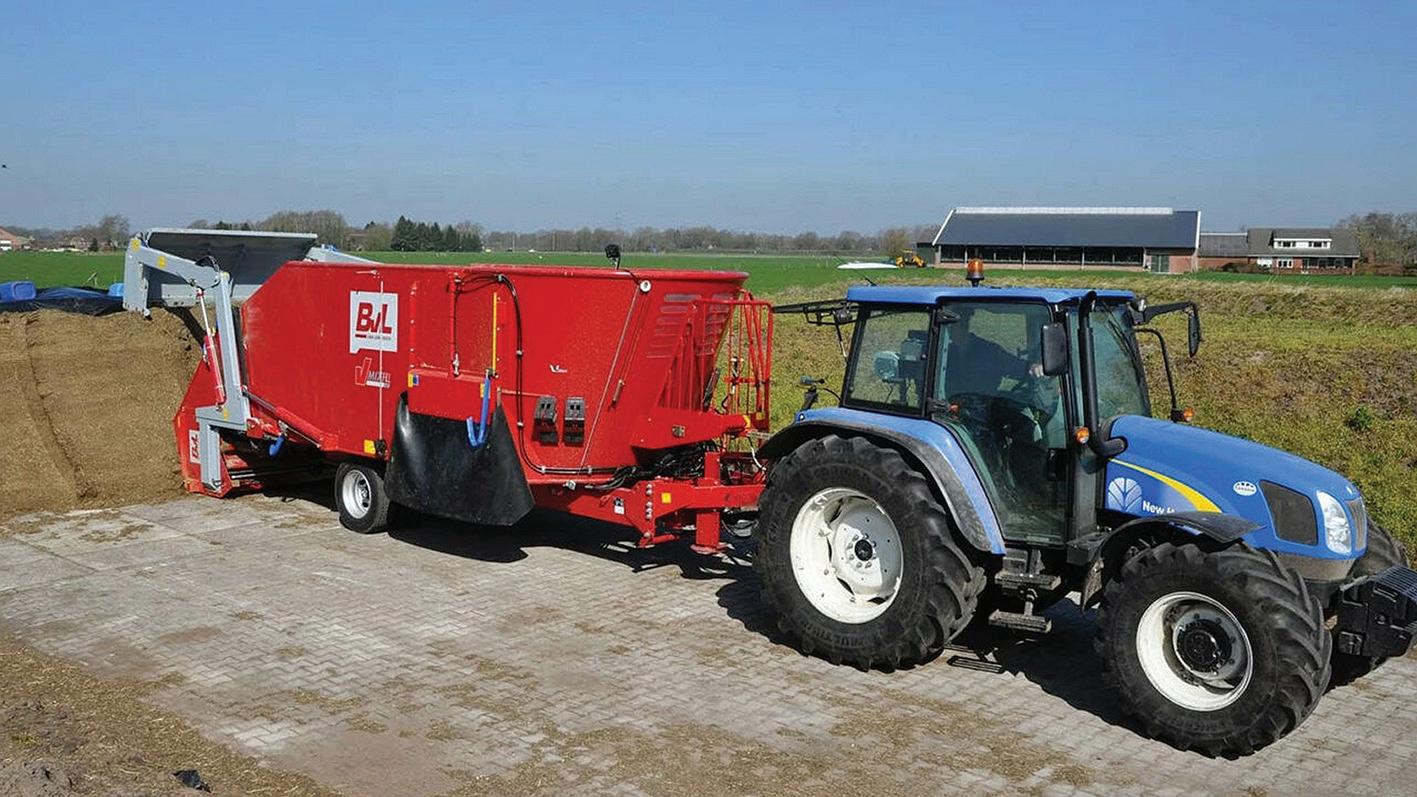
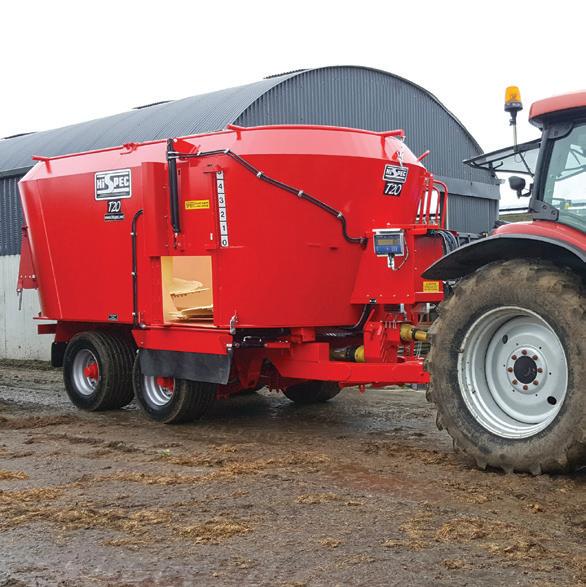
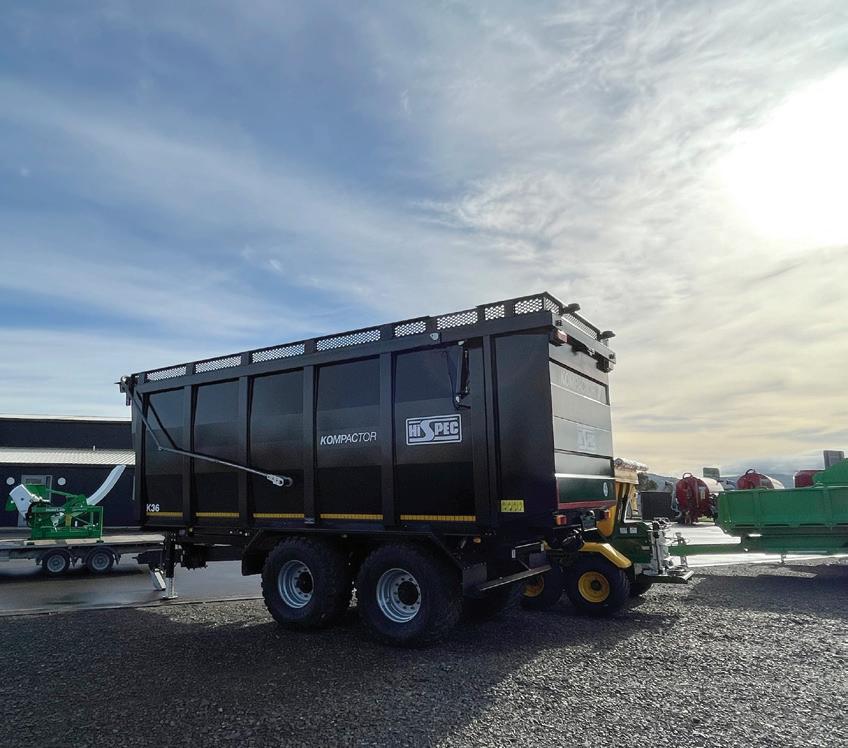
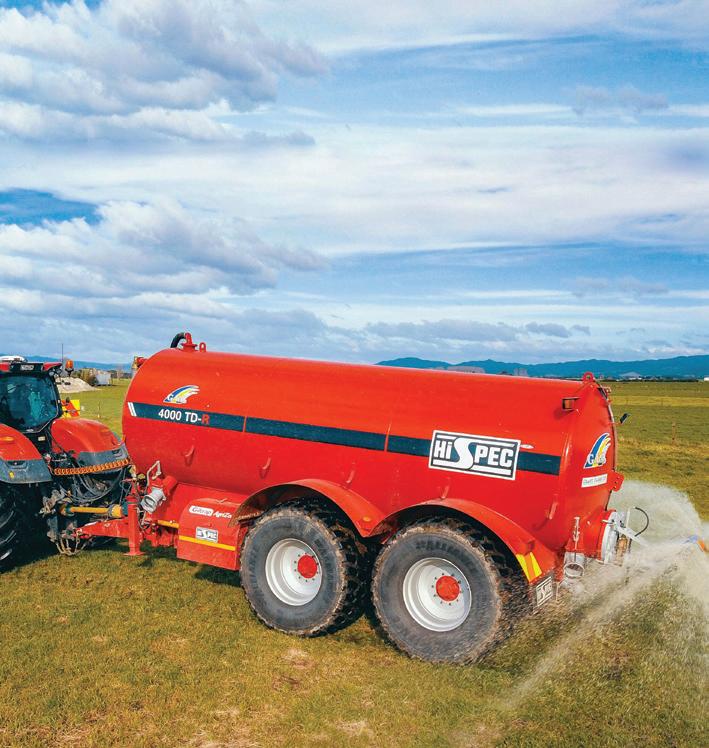
and triple augers variants and in capacity from 3.5m3 up to 46m, some with a rear self-loading option.
Offering flexibility as a core principle of its designs, alongside a wide choice of discharge options, each machine has an extended choice specifications and options, which customers can tailor to suit the needs of their livestock and the farm environment.

Looking at the machines in more detail, heavy gauge 20mm steel is used for the tub floor, with 8mm material used to form the walls, while the mixing augers use Hardox steel to protect their leading edges and are complemented by
adjustable knives. Advertisement
Twin and triple auger versions incorporate mixing wedges that are claimed to give a more consistent mix, with the patented EDS (Exact Dosing System) discharge ensuring a fast and even forage discharge at the widest point of the machine.
Options include the ability of feeding to either side for flexibility, with simultaneous discharge to both sides if required. A wide range of additional discharge door options are also available, as are unloading conveyors or elevators, with magnetic detection to remove any metallic objects.
A further option is the
V-Connect mixer control system that allows the operator to easily monitor both auger speed and total revolutions, in addition to displaying and
SINCE CNH Industrial announced the establishment of a new retail footprint for New Holland machinery in New Zealand early this year, many of its Case IH dealerships have been taking over dealer responsibilities for the New Holland brand.
This supply route continues to grow across NZ with several expansions unveiled in the past few weeks.
Stevenson and Taylor have operated a Case IH branch at Waipukurau, Central Hawke’s Bay, since they started business in 1951, but this month have seen a significant expansion with the opening of a new branch in nearby Hastings.
Based at 1420 Omahu Rd,
Hastings, an existing building has been renovated to accommodate sales, parts and service departments, alongside an expanded product offering, since the addition of the New Holland Agriculture brand to the business.
“While we always had a second dealership in our long-term plan, the changes around New Holland this year, offered the opportunity to represent both the Case IH and New Holland brands. We realised we needed to expand our dealership space and staffing numbers, so the new dealership in Hastings became an immediate priority,” said Robby Smith, Stevenson and Taylor General Manager.
controlling mixer time, in doing so, consistently producing accurate homogenous mixes. A special feature, claimed to be unique to
BvL, is the availability of bespoke special coatings and hardened components for use with compact rations, or for more abrasive, higher dry
matter rations, making this option particularly suited for beef cattle rations and large dairy herds.
www.webbline.co.nz
Further south, Case IH dealer Cochranes – with branches at Amberley, Leeston, Ashburton and Timaru –has recently opened a new branch at 342 Stuart Street Blenheim, to assist with the addition of New Holland to the company’s brand portfolio and to support increased
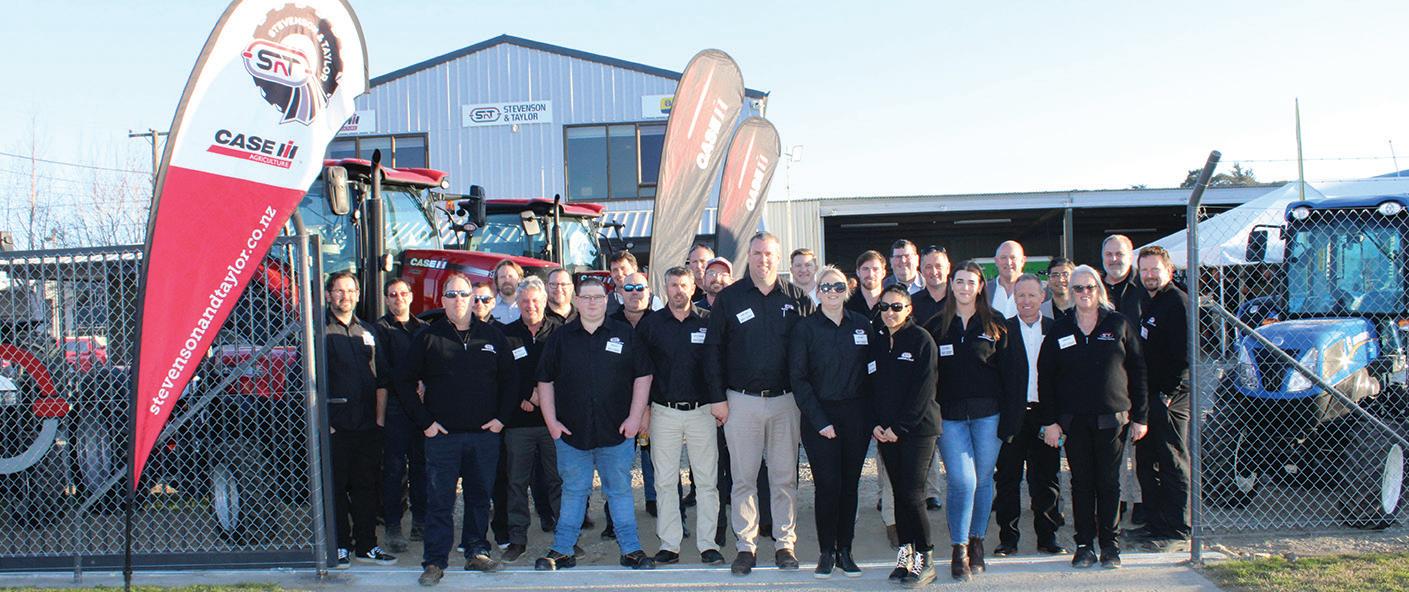
customer demand for products, parts and service.
“It’s certainly been a big year with the addition of the New Holland brand, but thanks to the support of CNH Industrial and all our staff, who are enthusiastic about the opportunity and really got on board, things have gone very well. New
Holland customers have also been very welcoming, so there’s a lot to look forward to and exciting things ahead,” said Chris West, Cochranes’ managing director. Both companies acknowledged New Zealand farmers in every sector of the industry were facing challenges, but noted that machinery supply was no longer an issue, with good stock levels across the CNHI brands.
Smith noted that with the opening of the Hastings branch would come increased demand for specialty tractors for the horticulture and viticulture sectors, and higher horsepower machines for grain producers.
GLOBAL AG machinery
giant Deere & Company has announced it has chosen a location in Kernersville, North Carolina, for the construction of a new 115,000-squarefoot manufacturing facility, with production commencing in 2025.
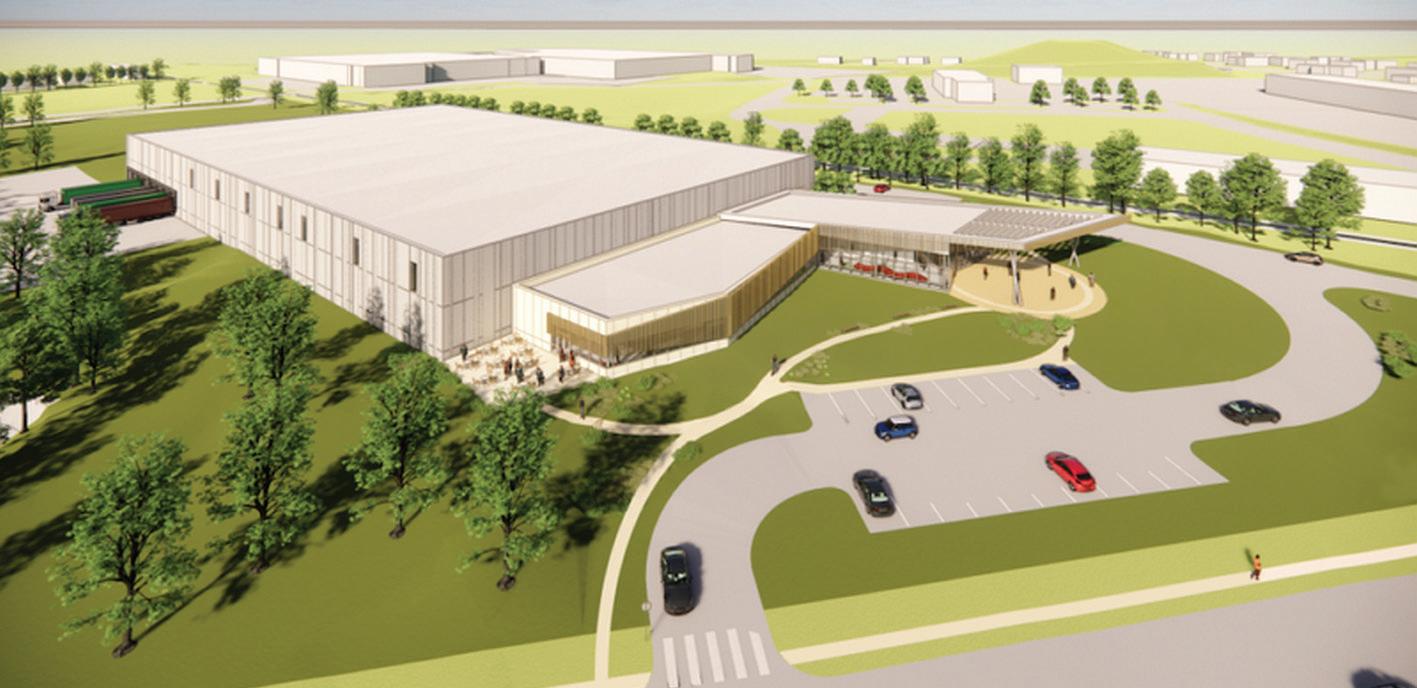
The factory will expand production capacity of Kreisel Electric products, the company John Deere acquired majority ownership of in 2022, that produces innovative battery technology for e-mobility and stationary systems as well as
comprehensive Level 3 charging solutions.
Jennifer Preston, global director of John Deere Electric Powertrain and CEO of Kreisel, comments: “Together with Kreisel, John Deere is expanding its electrification portfolio to include more scalable solutions to meet a wider range of our customers’ application needs. This investment is a great step forward as we work toward our goal of demonstrating viable lowand near-zero-carbon power solutions by 2026.”
With the new battery manufacturing facility, John Deere will develop and manufacture Kreisel battery and CHIMERO charger technology,
alongside supporting a production capacity increase to serve the offhighway market in North America. The facility will have a non-fossil-fuelconsuming design and is prioritising sustainable energy features in major systems like the facility’s HVAC, energy recovery system, state-of-the-art lighting, and irrigation control.
The company is also upgrading its primary manufacturing location for John Deere engines in Europe at Saran in France to also enable battery production. The new facility will be equipped to produce Kreisel battery pack designs and CHIMERO chargers as the company reinforces
its commitment to helping John Deere and original equipment manufacturers navigate the rapidly changing electrification landscape.
“As the demand for electric solutions
continues to increase, these strategic investments in growing our production capacity will help strengthen our position as an international battery technology leader.
“Within the evolving off-highway equipment market, we are prioritising the development of a robust charging ecosystem and battery portfolio that can support and
sustain the long-term adoption of electrification across a wide variety of applications,” said Pierre Guyot, senior vice president of John Deere Power Systems and chairman of Kreisel.
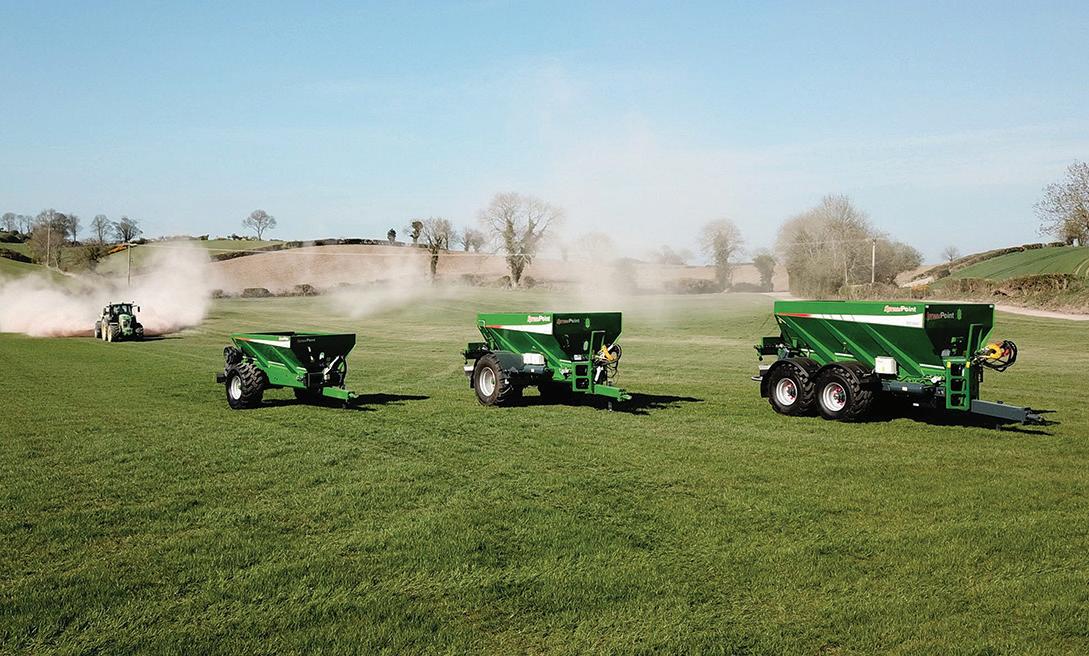
WITH APPLYING lime still being the most effective method of correcting soil acidity, it shouldn’t be a surprise to hear that a lime spreader took out the coveted Machine of the Year award at the recent Irish Ploughing Championships.
Awarded to Northern Ireland company SpreadPoint for their trailed SP 900 model, fitted with the optional SX-A auger delivery system, the competition judges commended the machine for the part it can play in soil health, as well as its potential for helping develop sustainable agricultural systems in Ireland and beyond.
SpreadPoint was formed in 2019 by Richard and Noel Kane; the latter the funding partner of the well- known Kane trailer business. The company
specialises in spreading equipment for the agricultural, construction and amenity sectors. The business has a modern manufacturing facility on a 400ha working farm in County Down, where the steep and rugged country offers ideally locales for product development and testing.
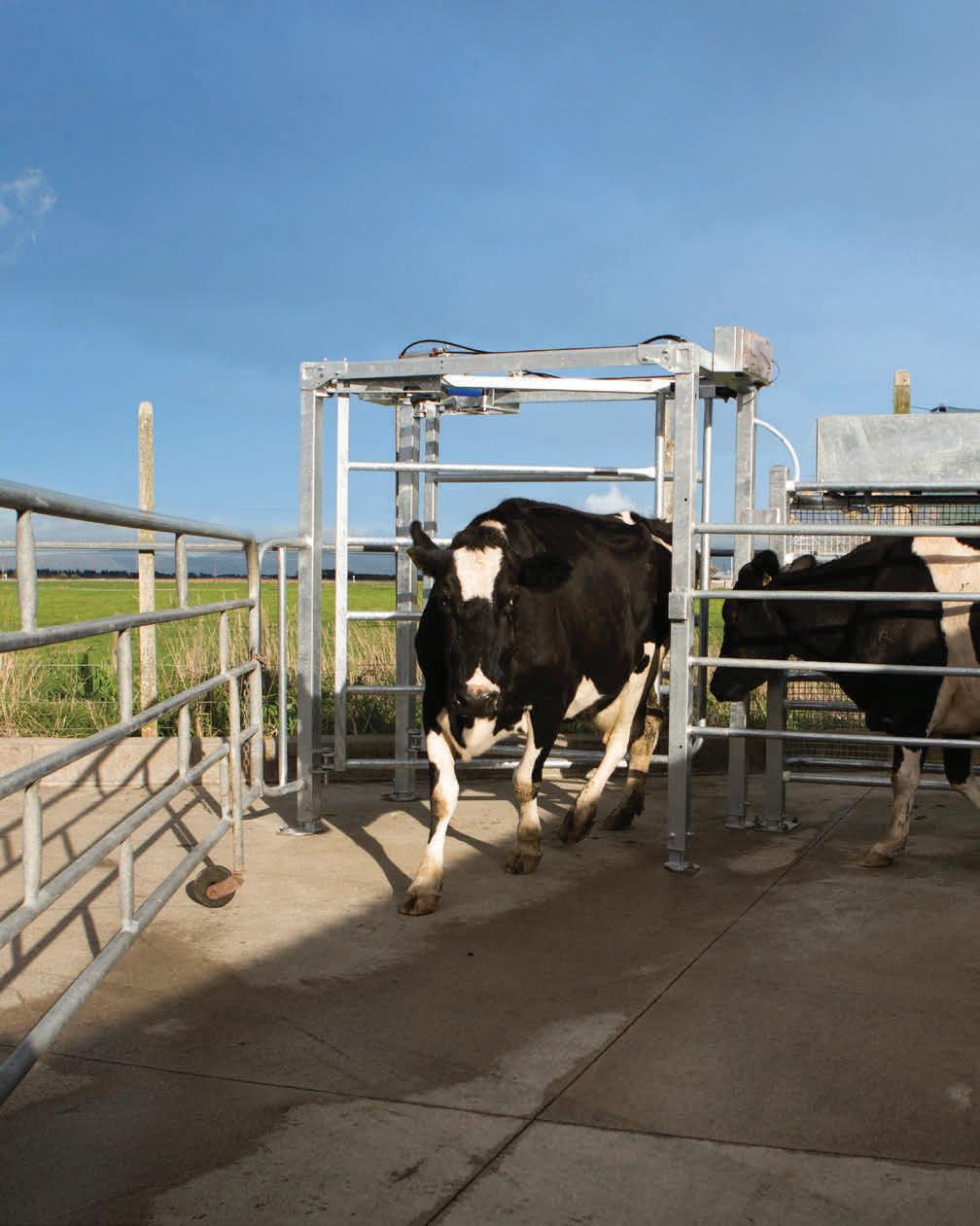
The SP 900 spreader offers a 9 cu.m capacity, equating to around 12.5 tonnes of lime, but depending on product has a load rating of 16 tonnes. Tipping the scales at 3.9 tonnes empty, the running gear sees a 150mm square section axle, with commercial hubs, running on 750-60R 30.5 tyre equipment. This is complemented by a sprung drawbar with up to 100mm of movement, air/hydraulic braking, mudguards and LED lighting.
A dual-chassis layout allowing de-mounting onto other carriers features a 4-point loadcell weighing system and ISOBUS connections as
standard. Load sensing hydraulics means there’s no need for a PTO shaft, with the moving floor belt and the spreading discs infinitely variable to adjust and maintain the spreading rate required.
Throughout the machine large diameter stainless steel or nylon roller assemblies are used for durability, with key components hard faced with stainless steel plates for an extended service life.
Said to offer a low centre of gravity, a lifting axle set up helps transfer weight for added traction in difficult conditions, while general servicing is taken care of with only nine grease nipples. Spreader control is taken care of by the Intelligent Control System, offering on-the-go adjustment to achieve the desired spread rate irrespective of forward speed.
Part of the MOTY package was the
optional SX-A auger spreading system, that uses a closed delivery system to allow spreading of dusty materials without the problems of drift losses, especially in windy conditions, but also a feature that lends itself to operating in wet conditions. Made primarily from stainless steel, the 12m folding design
has hydraulic tilt to ensure good ground contouring, but also to avoid obstacles. Options include rolling hopper covers, integral mesh hopper grids, a cleated main delivery belt for difficult inputs and a K80 ball/spoon hitch coupler. www.spreadpoint.co.uk
At DTS, we understand the power of teamwork and co-operation. That’s why DTS Auto Drafter integrates with leading cow wearables. Allowing you to make data-driven decisions, get the job done faster and spend less time in the shed. Take the stress out of mating with DTS Autodrafter.
